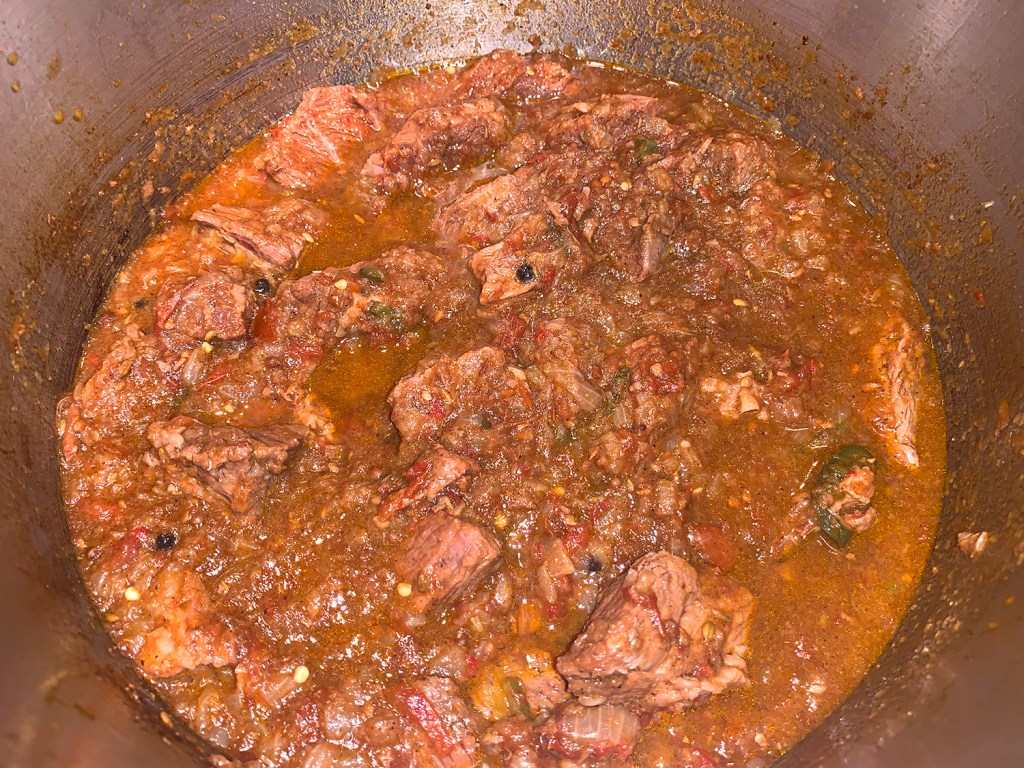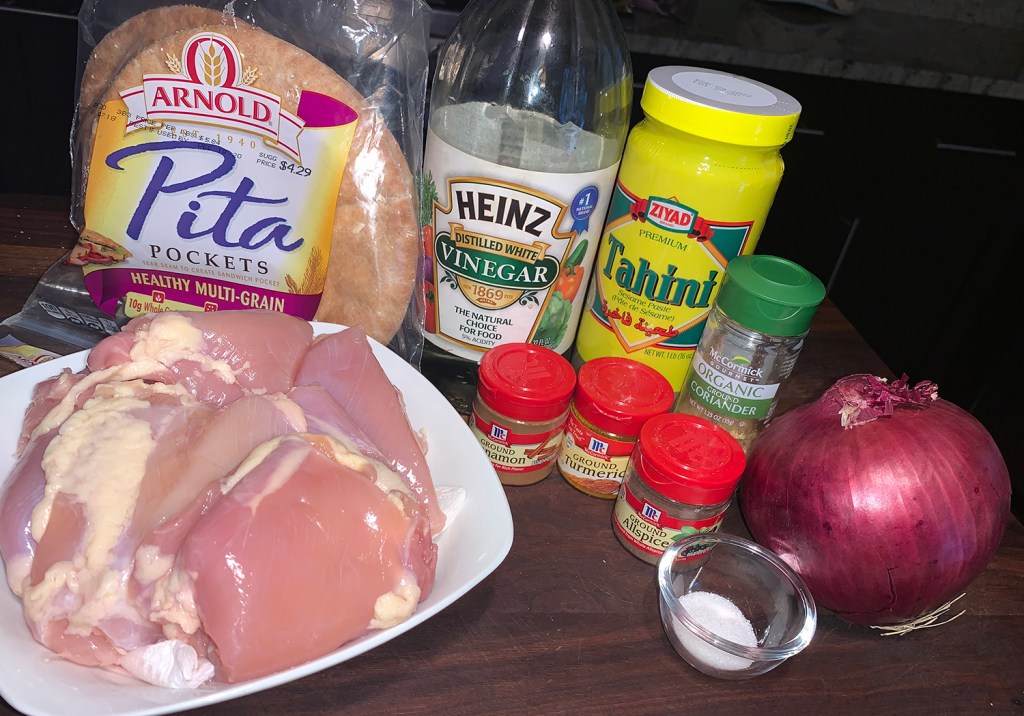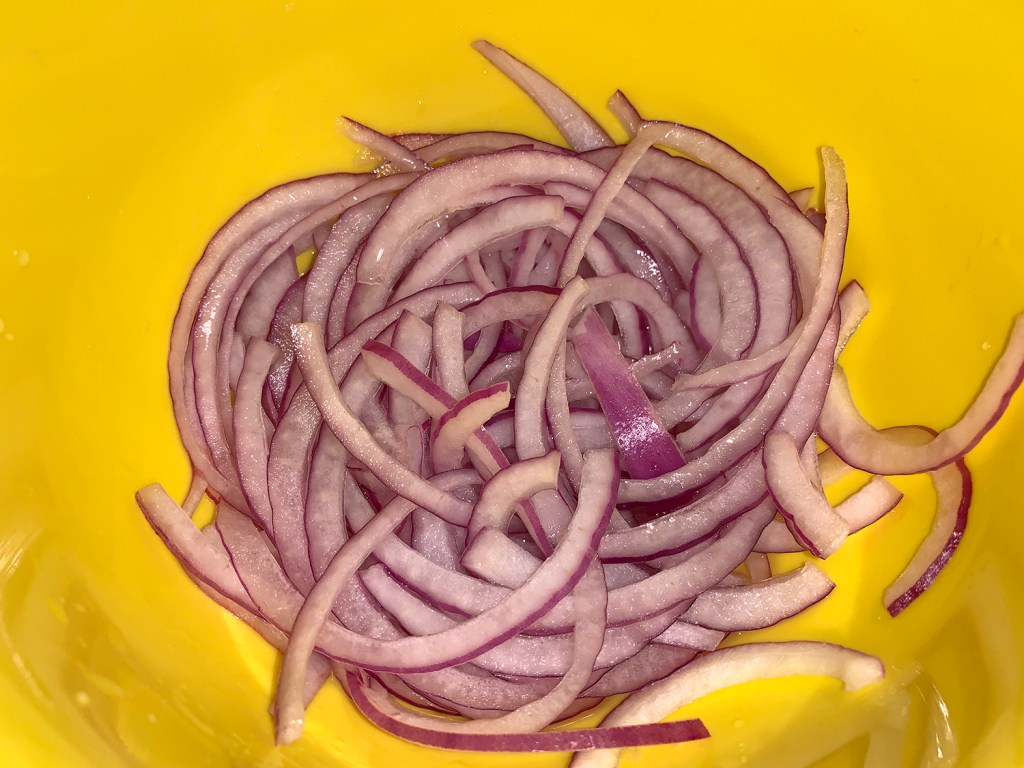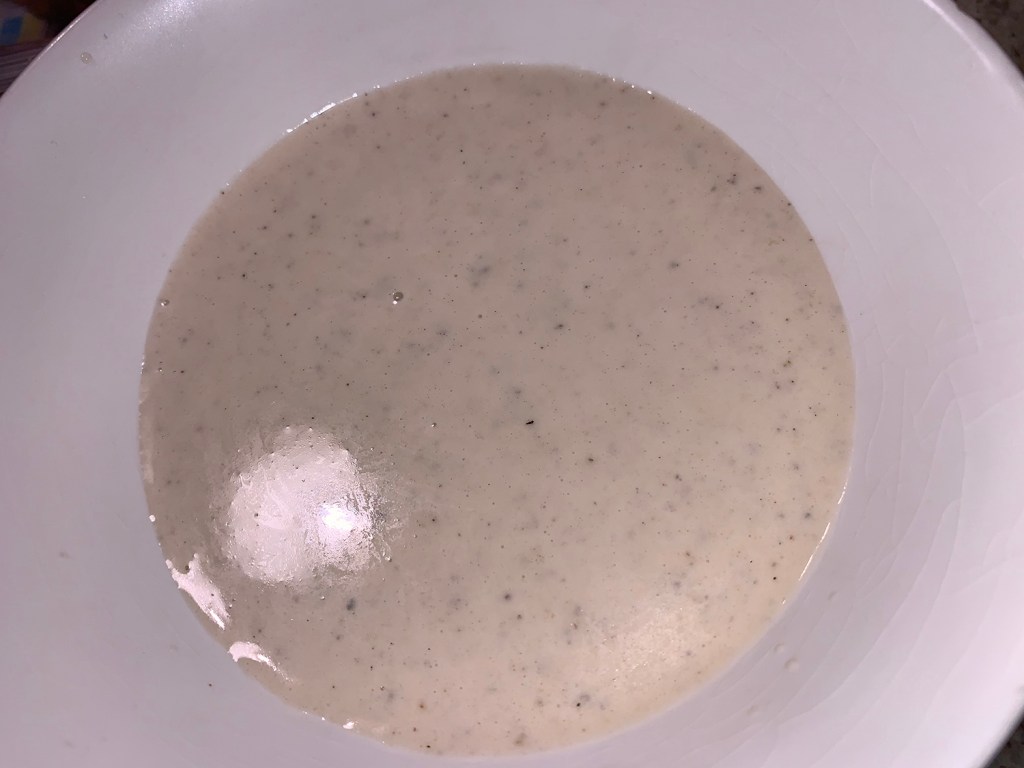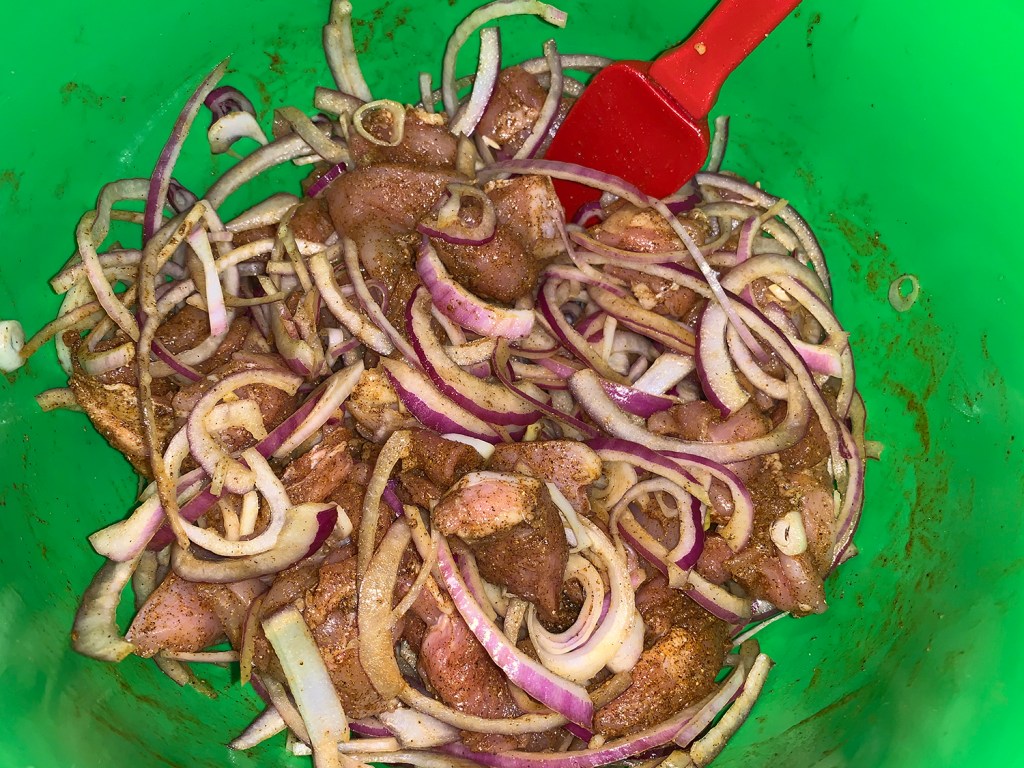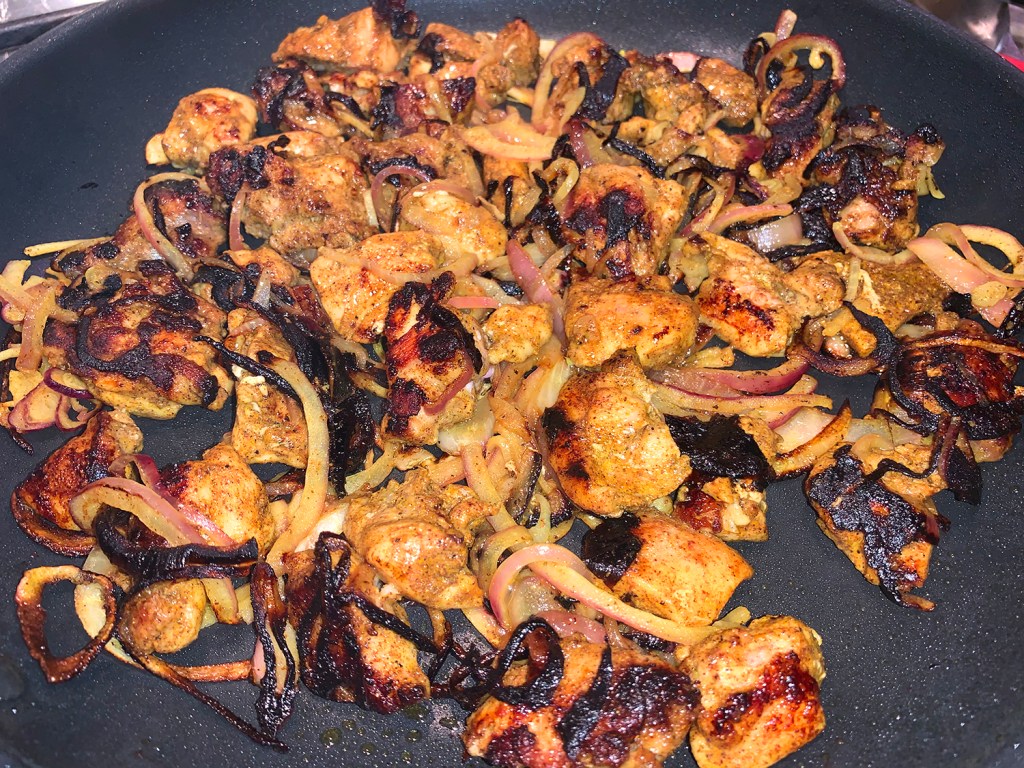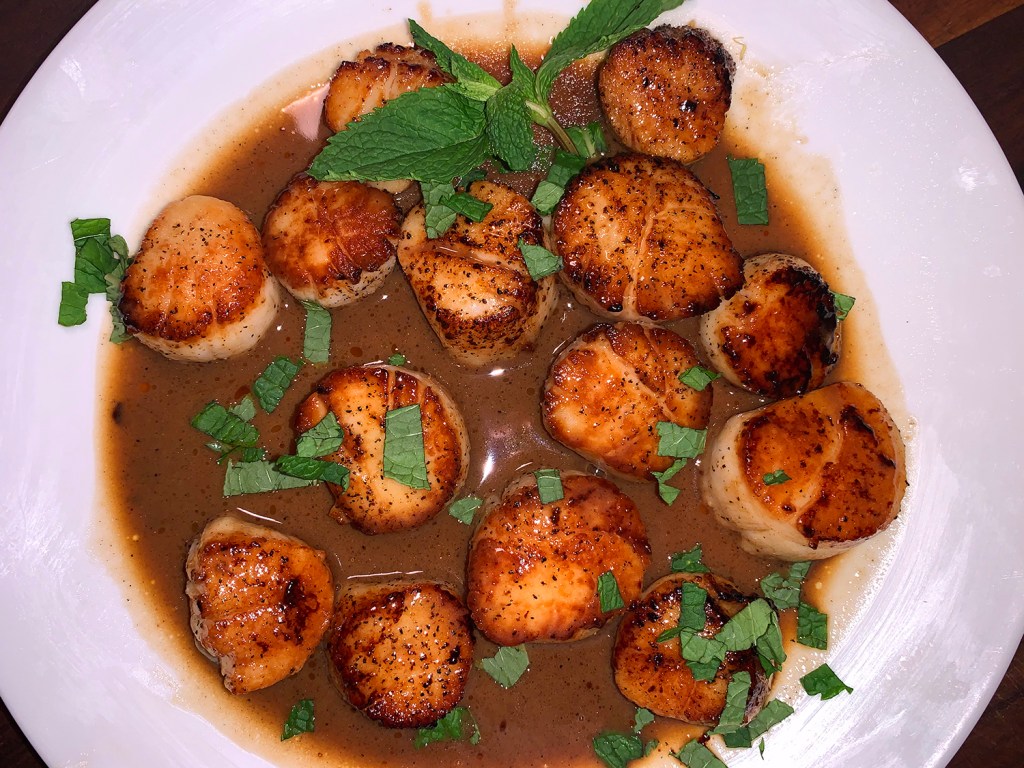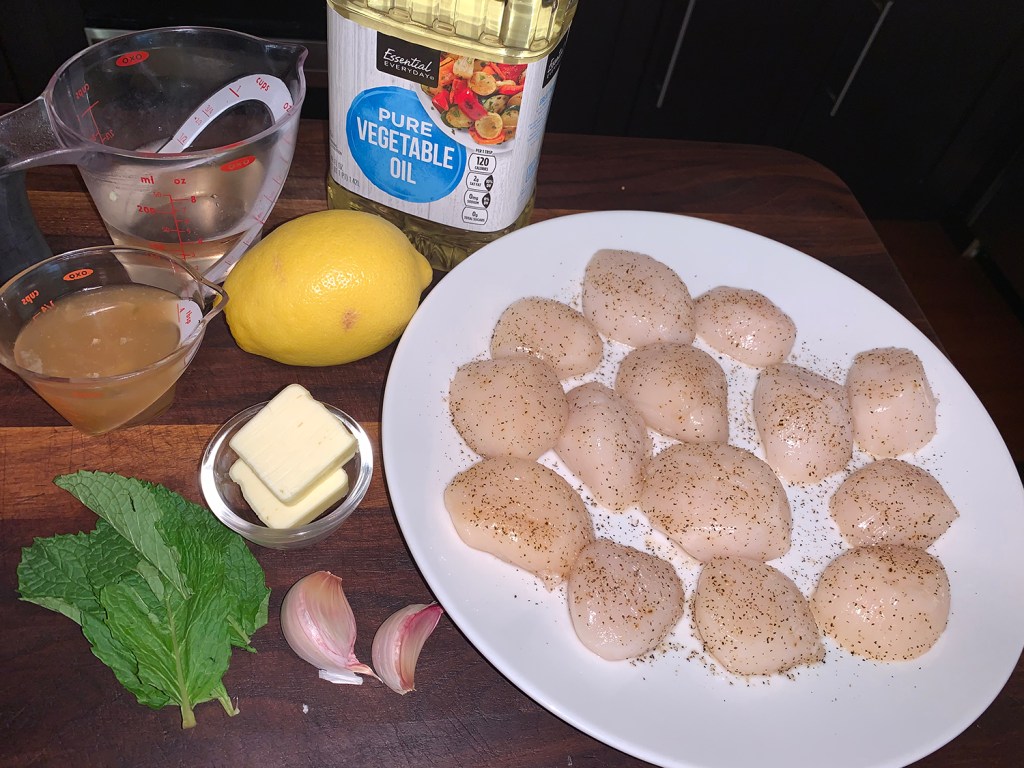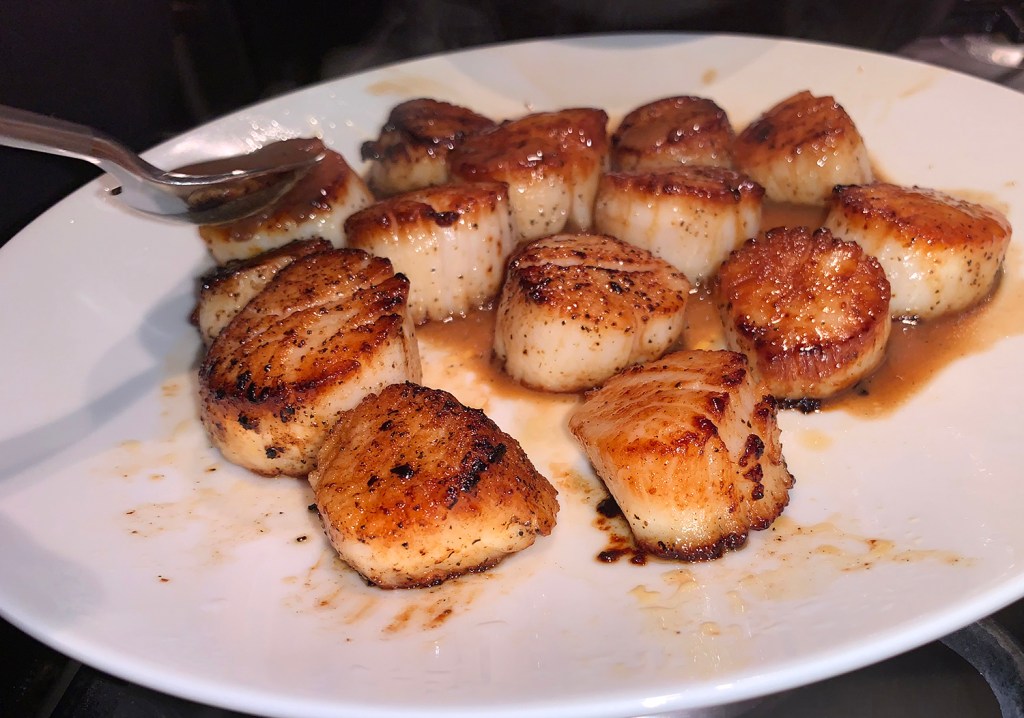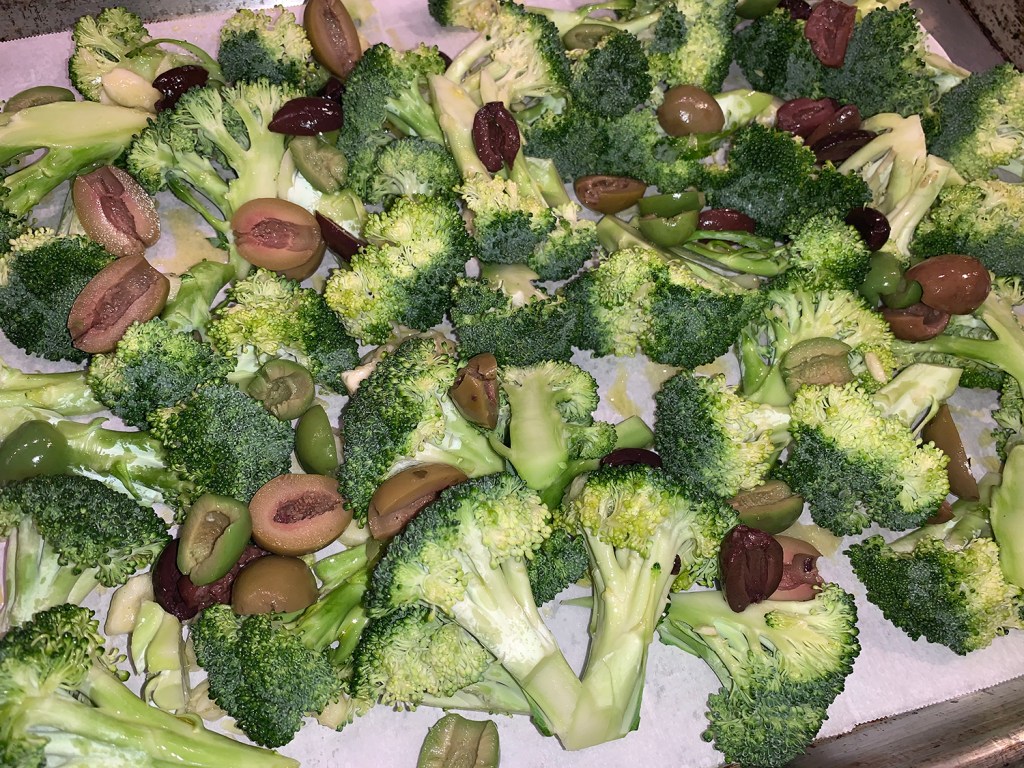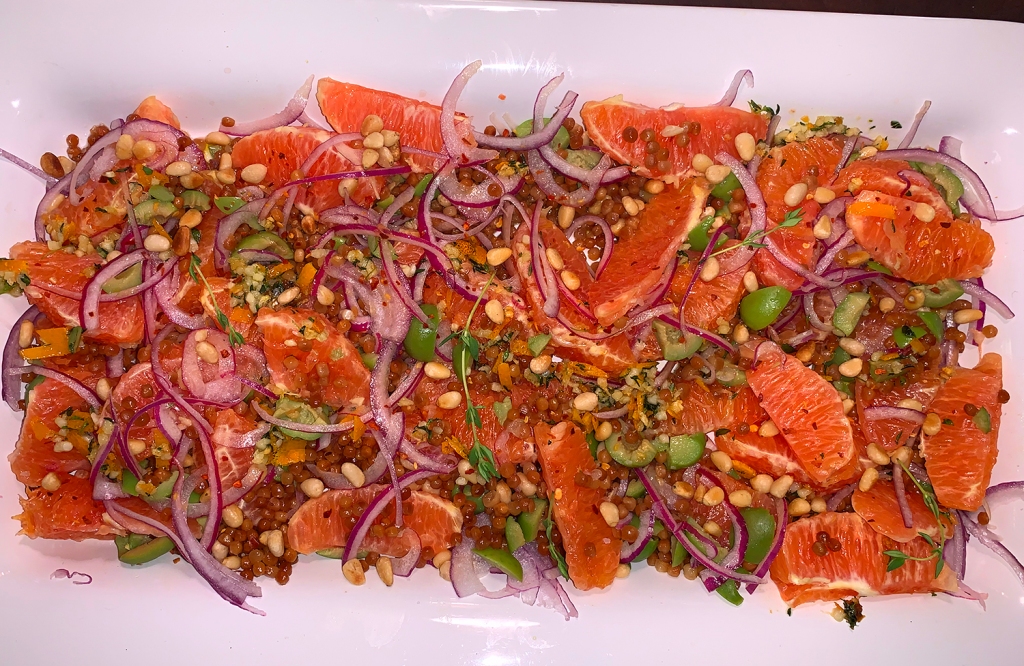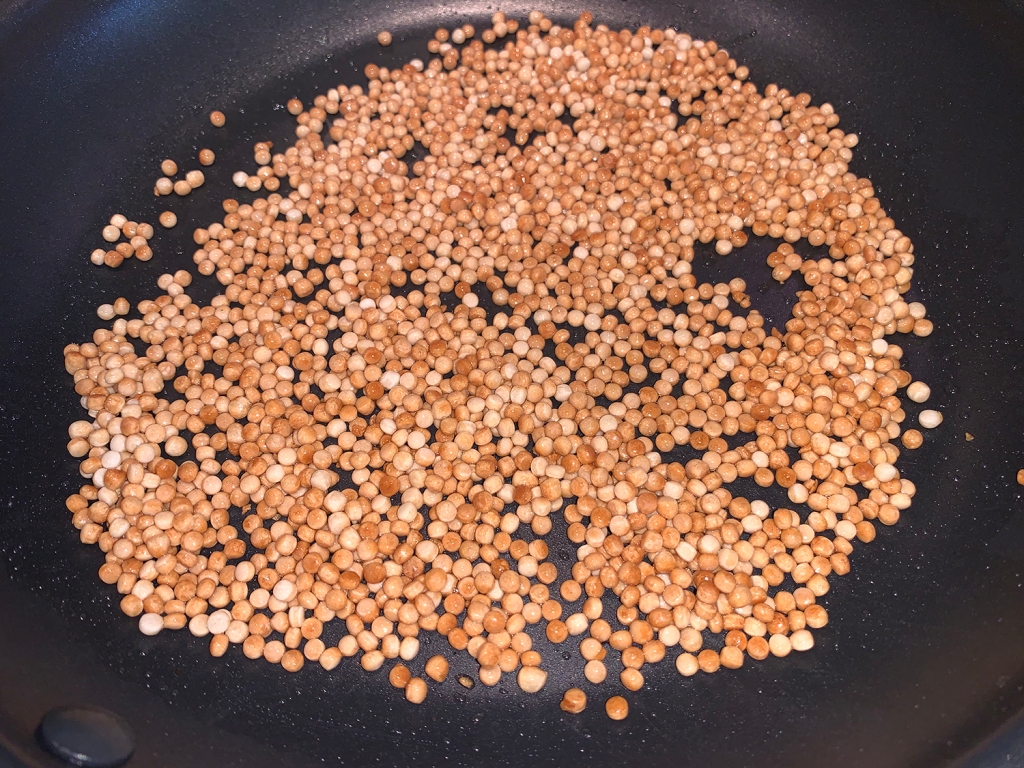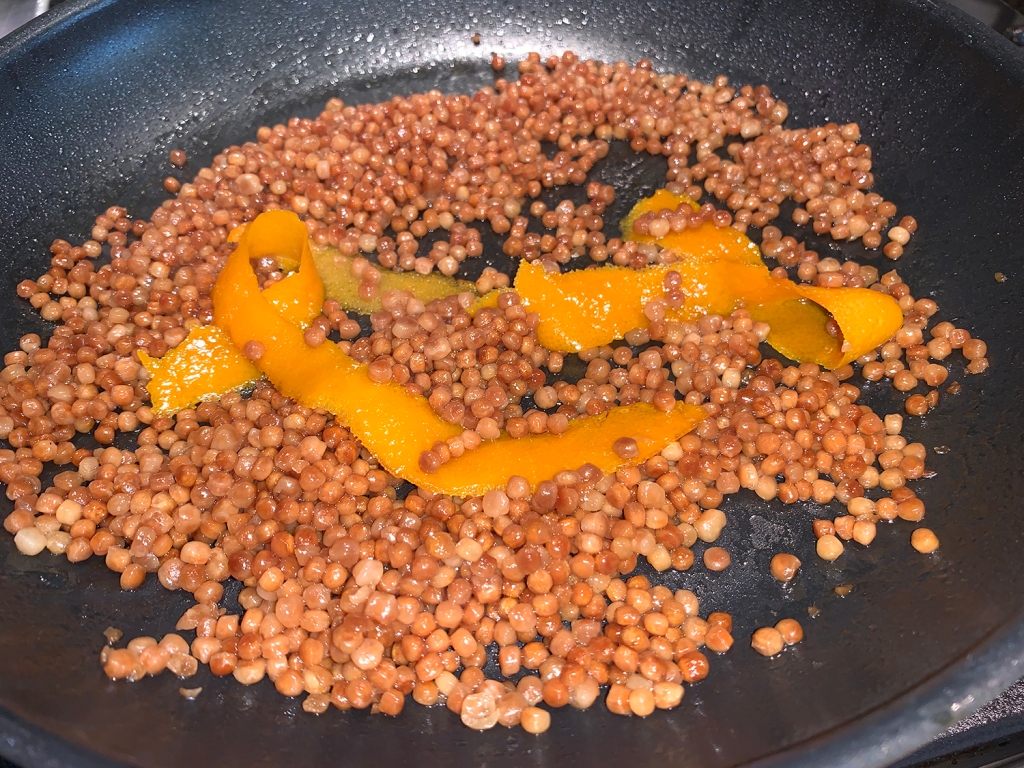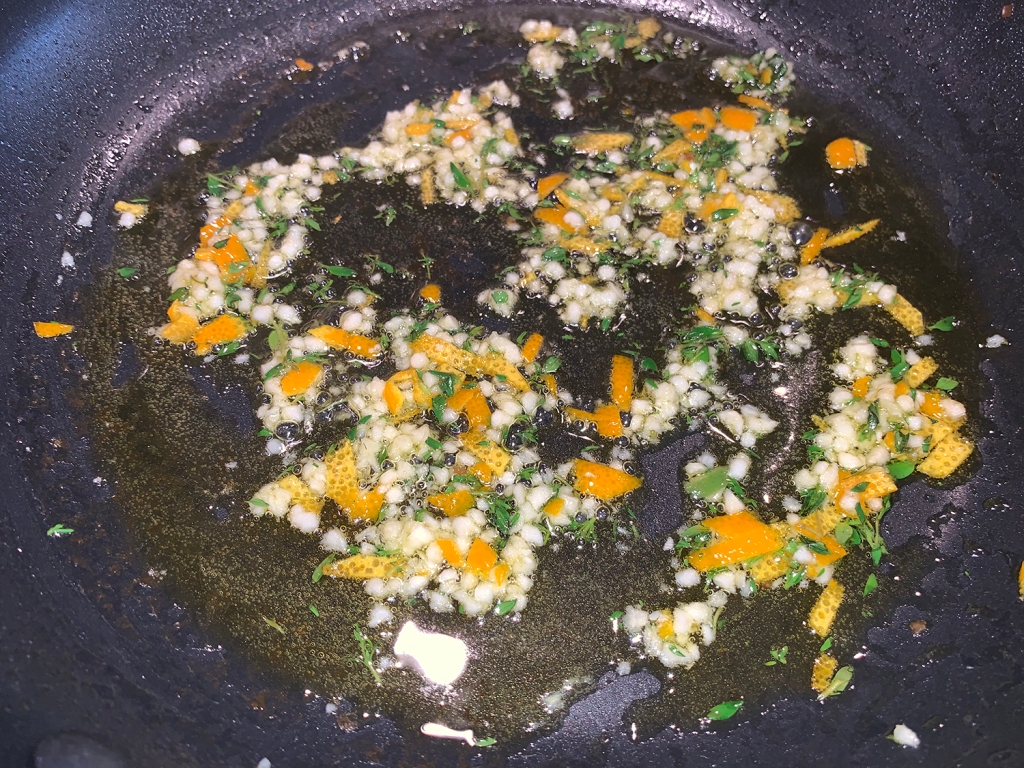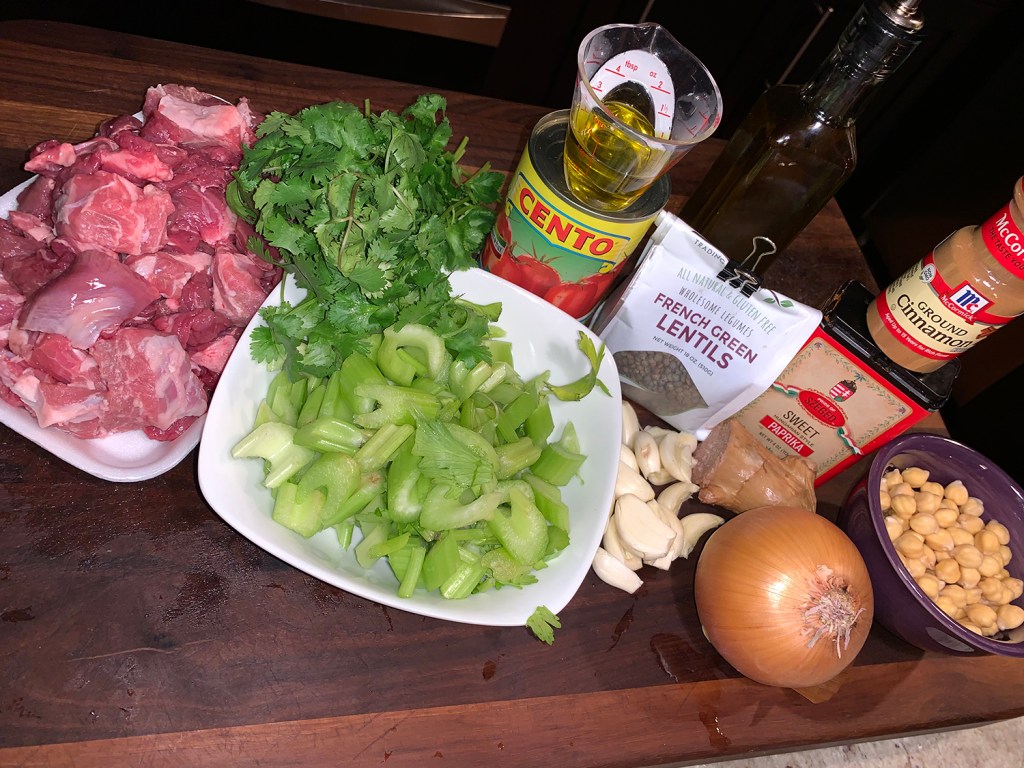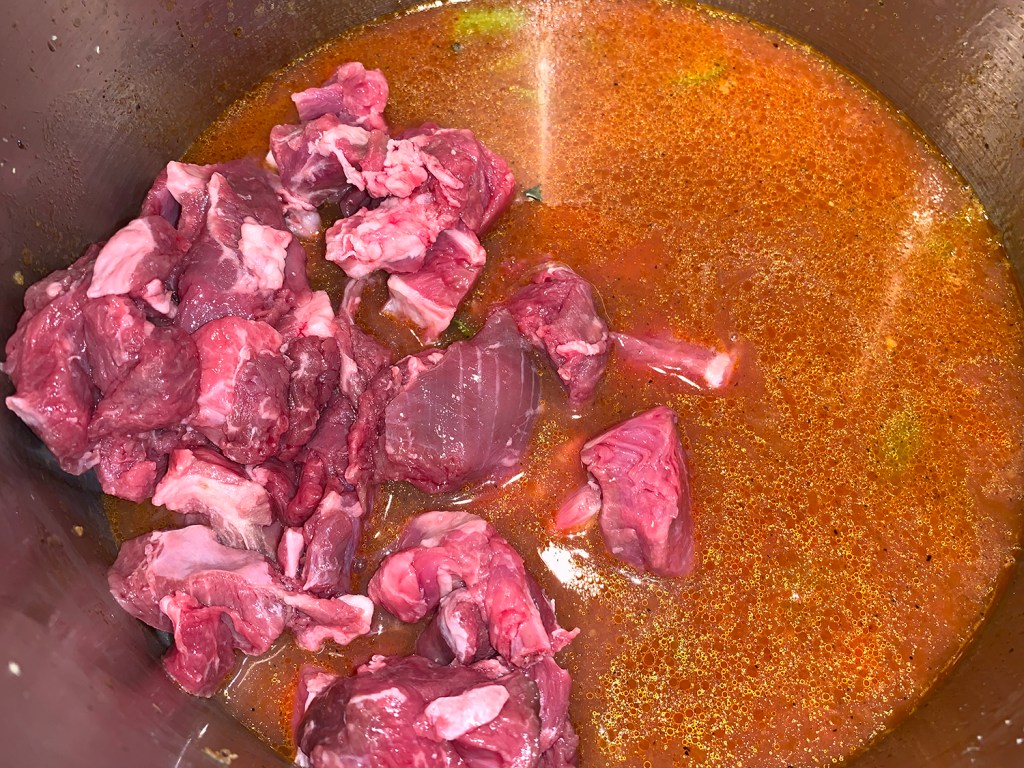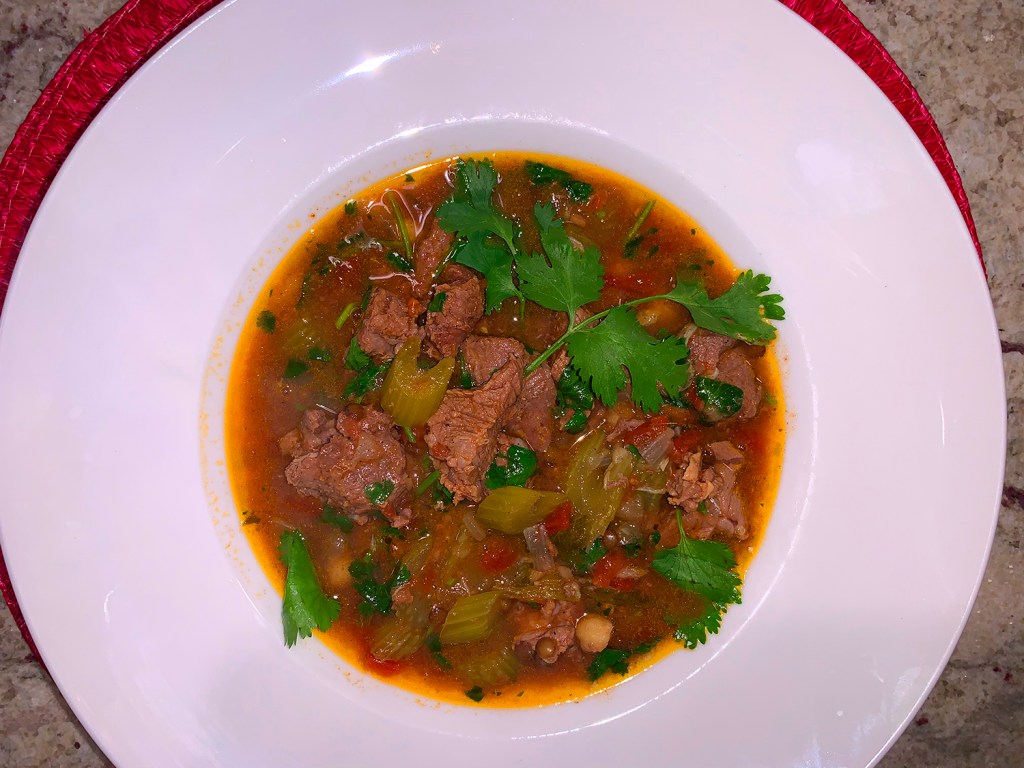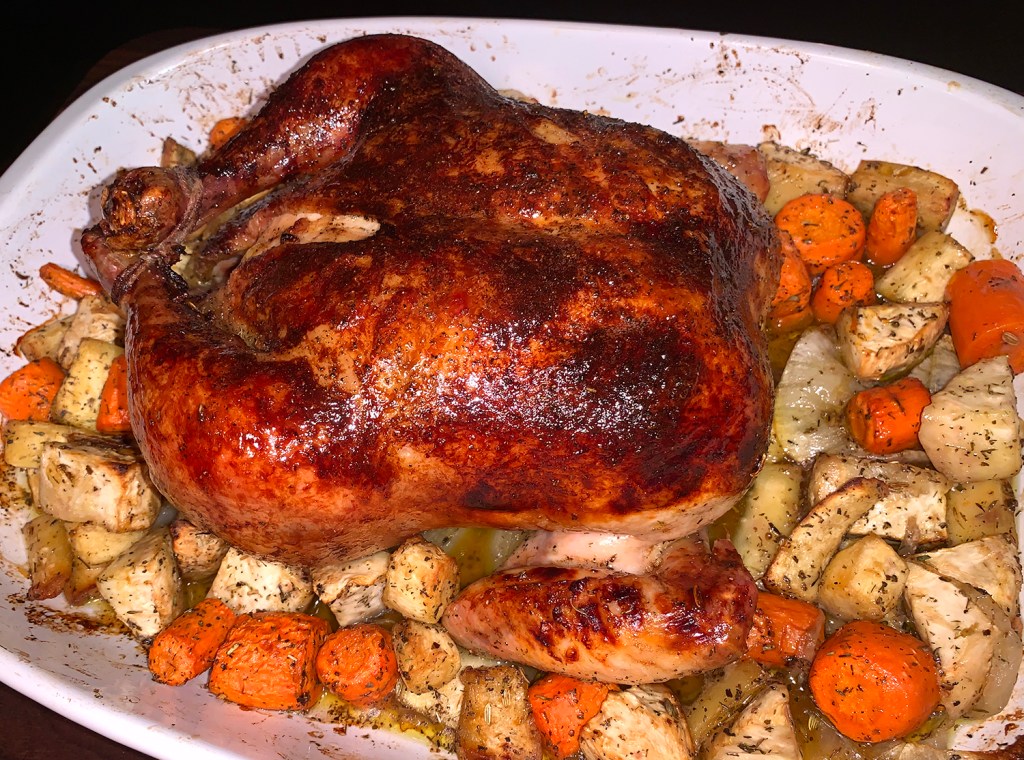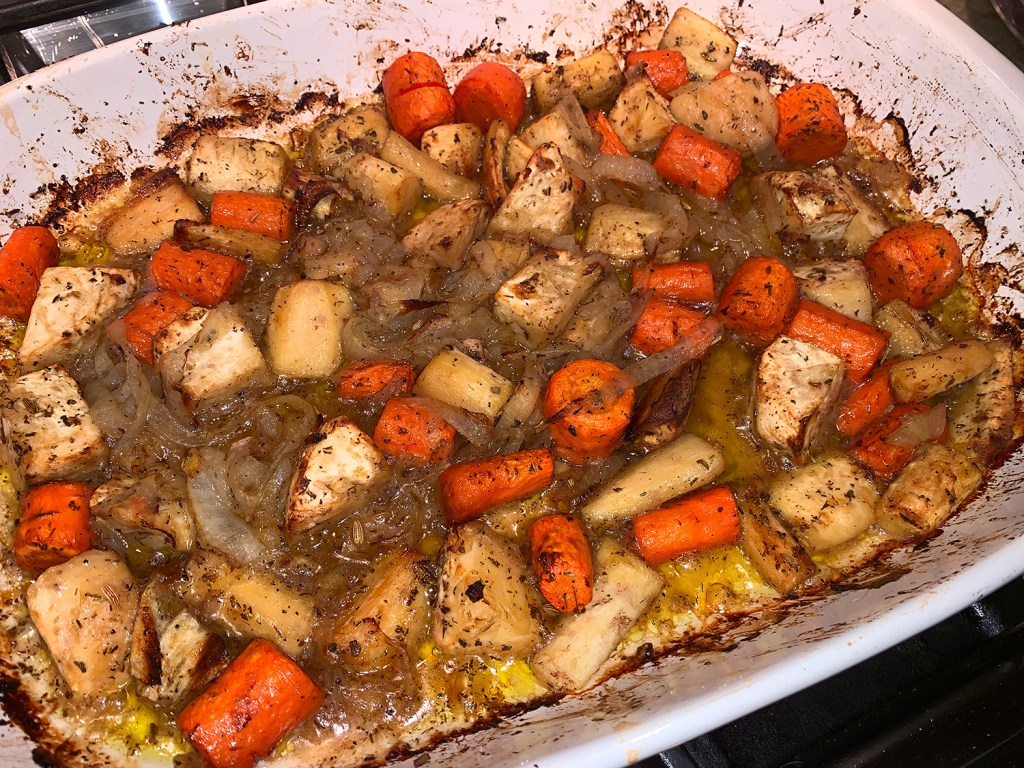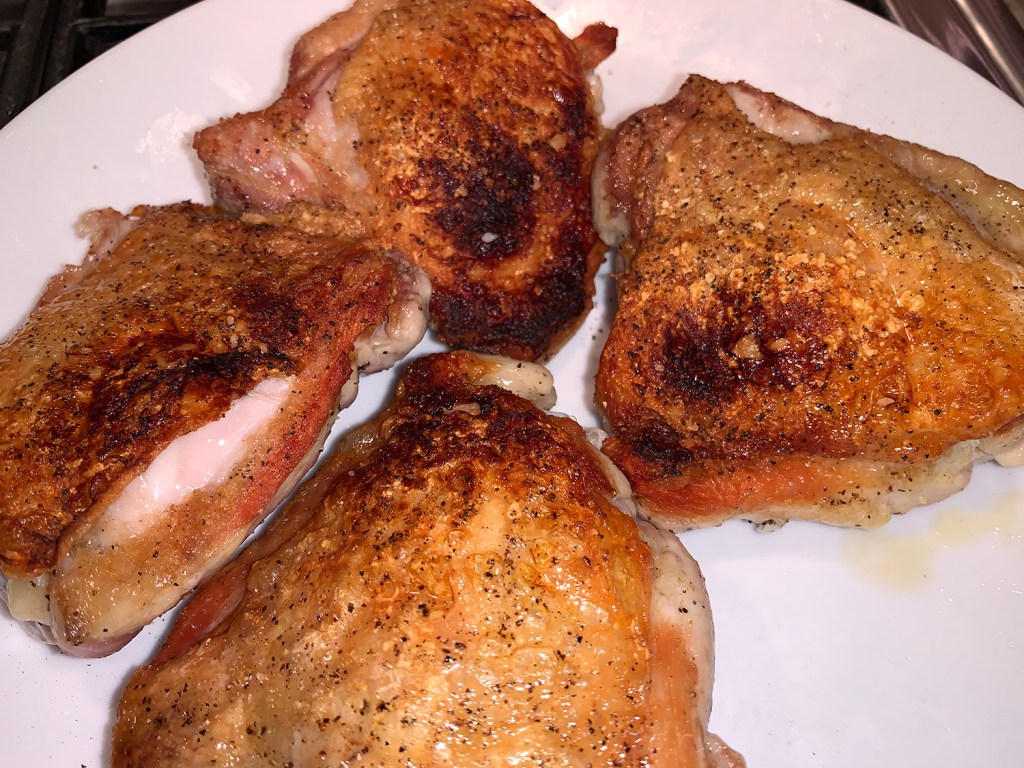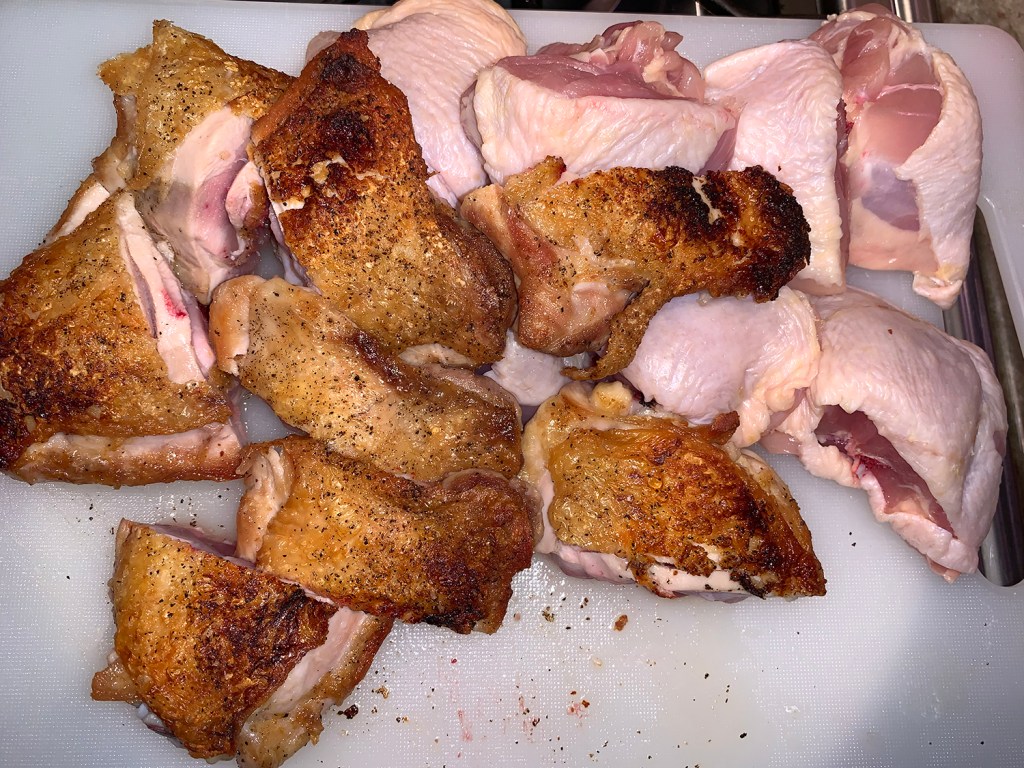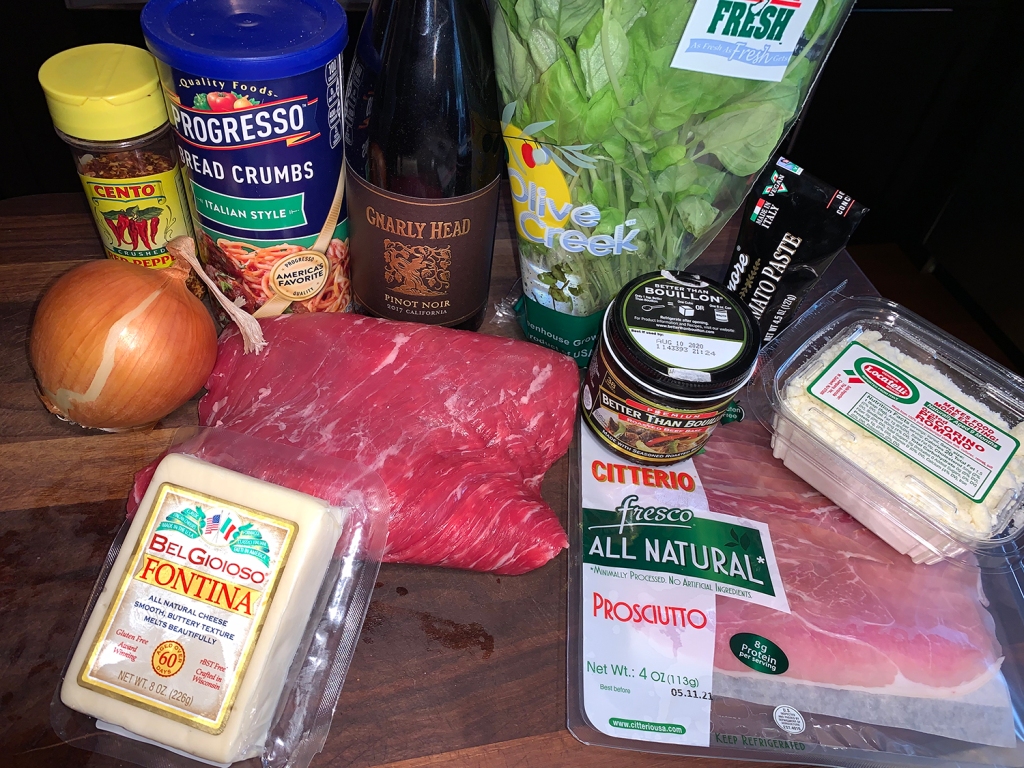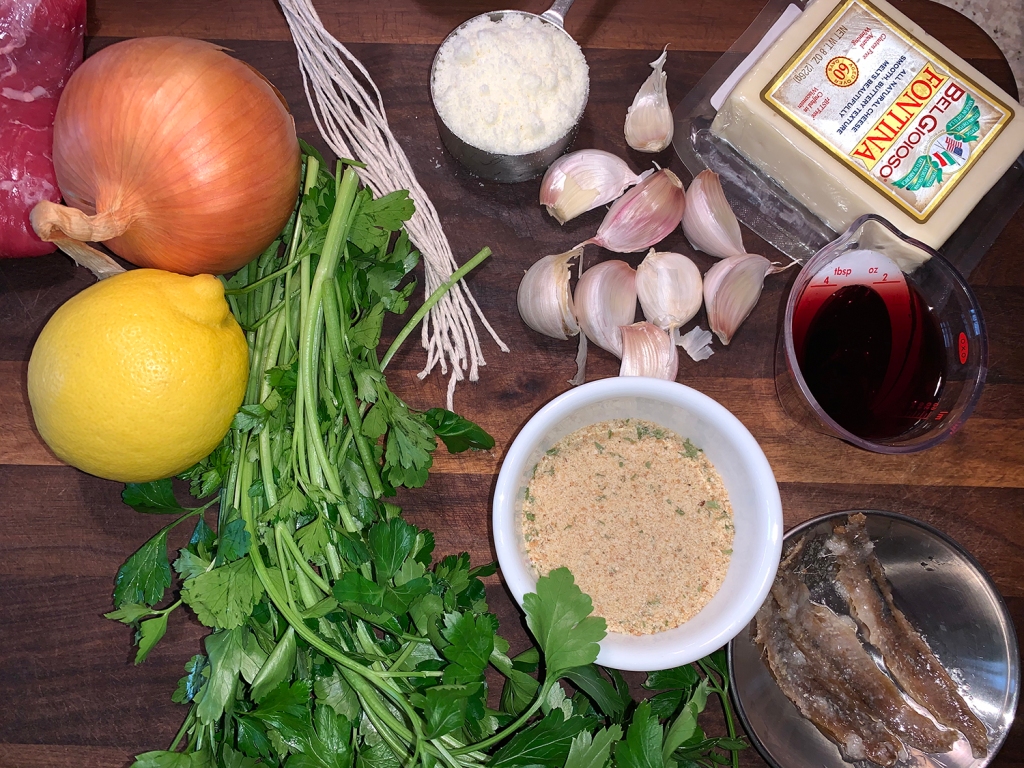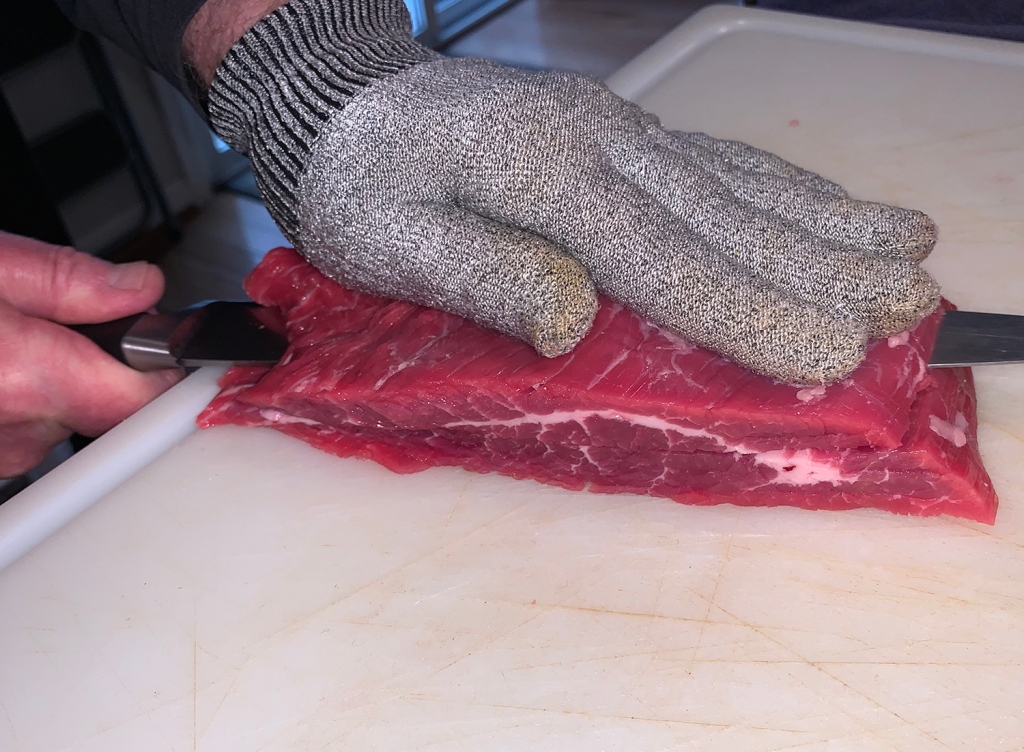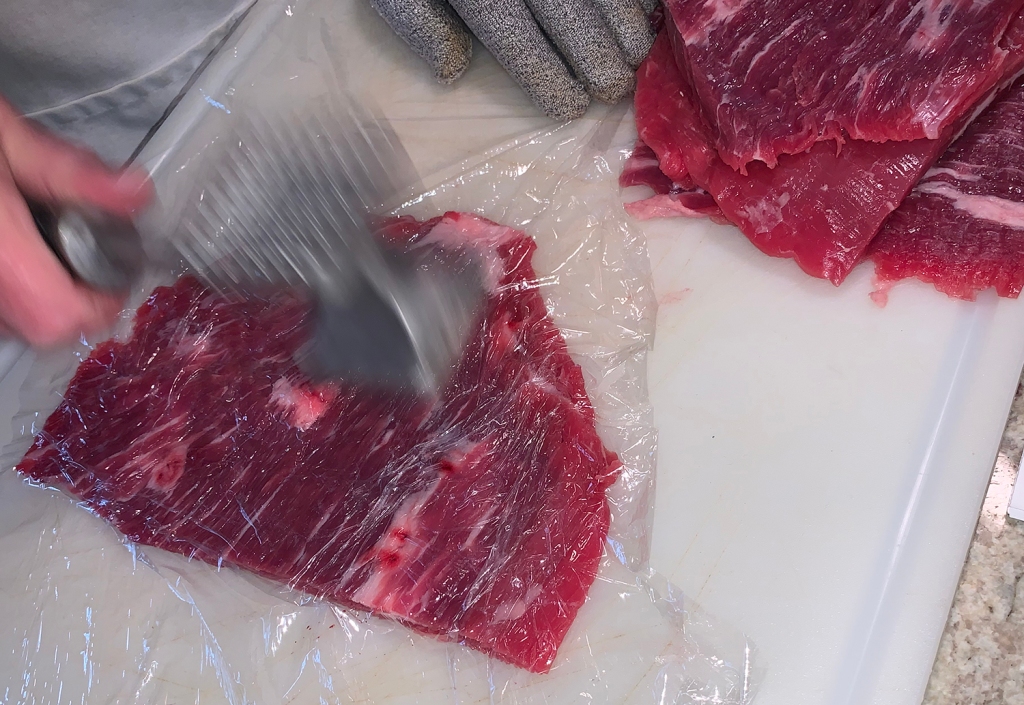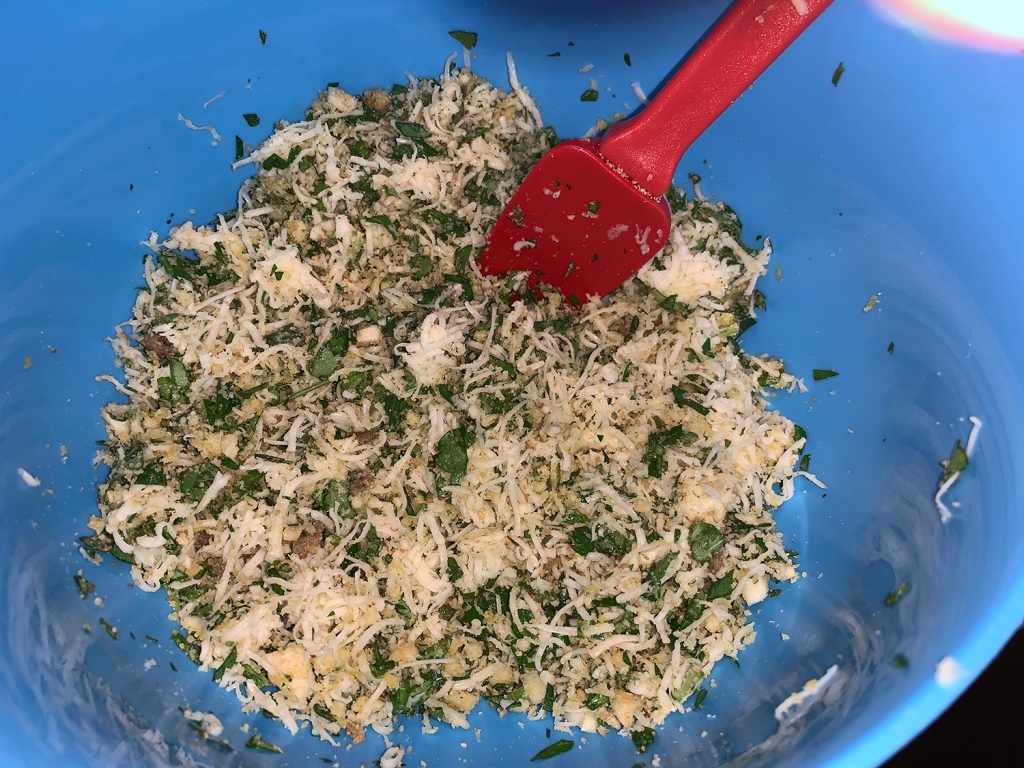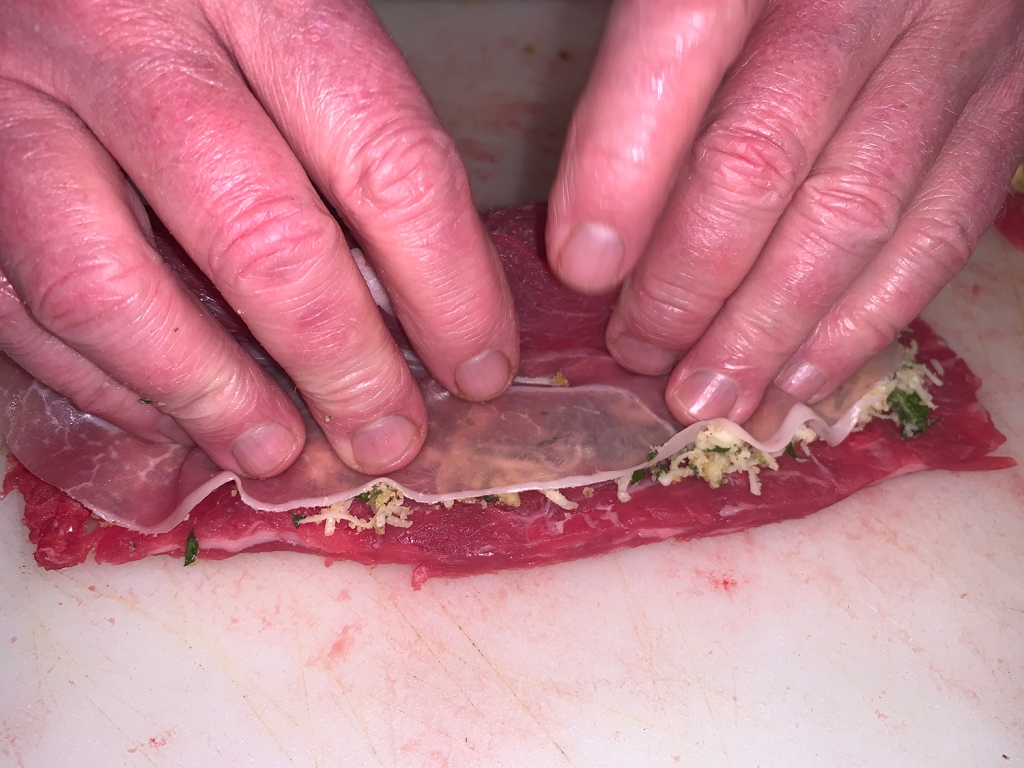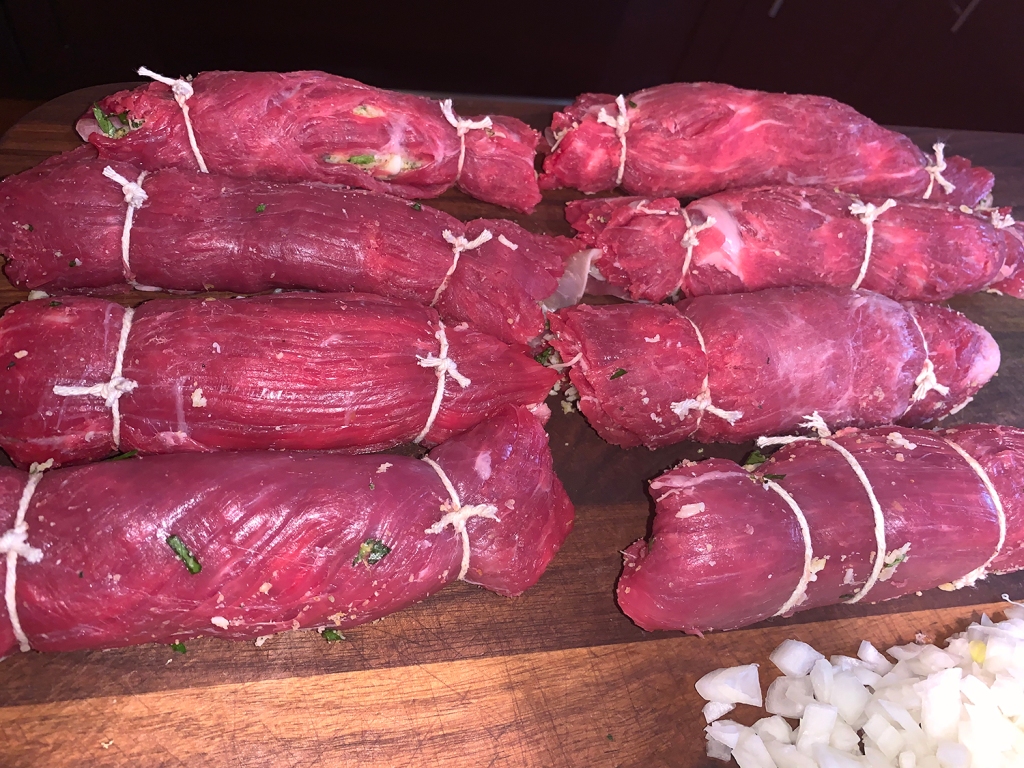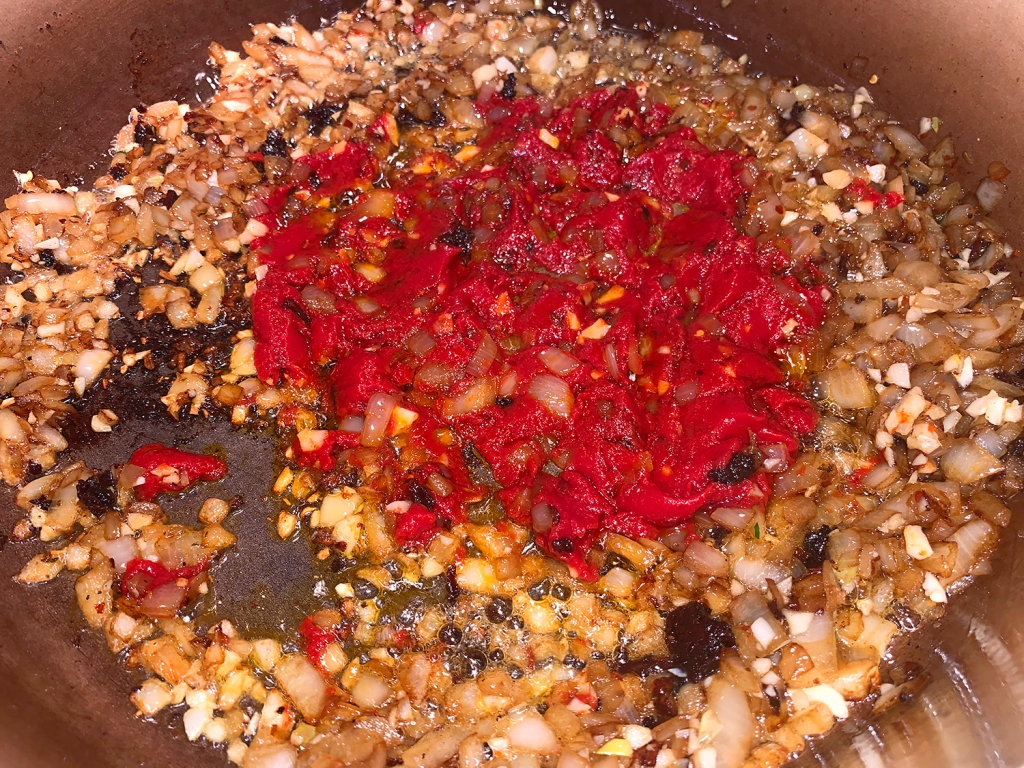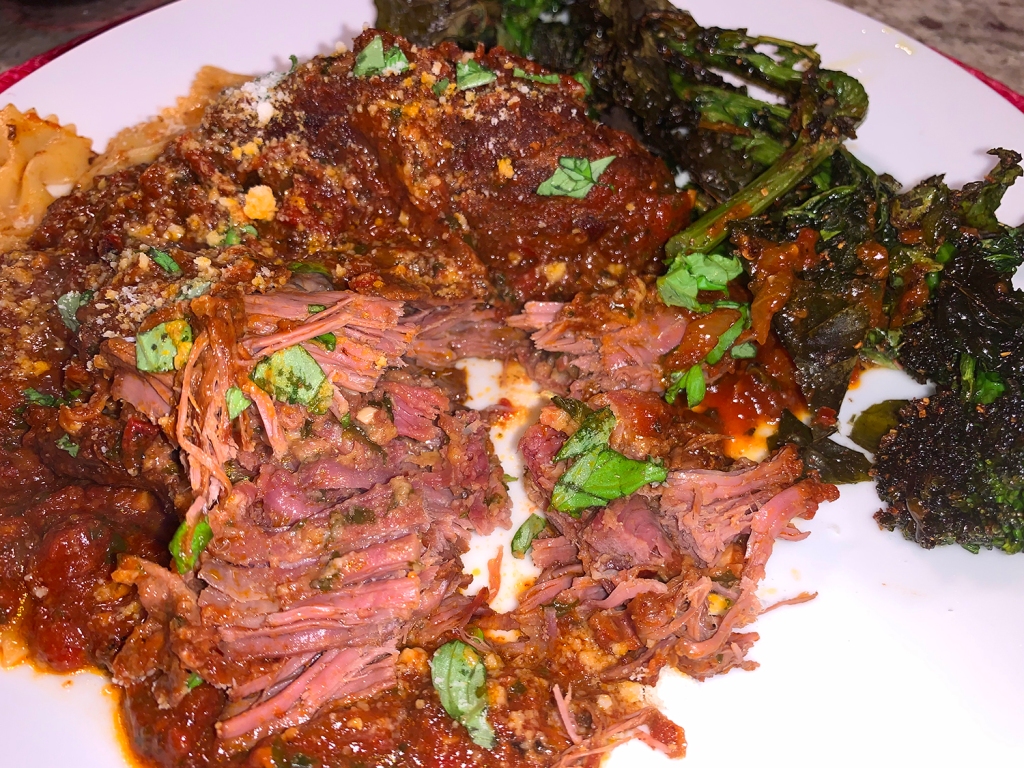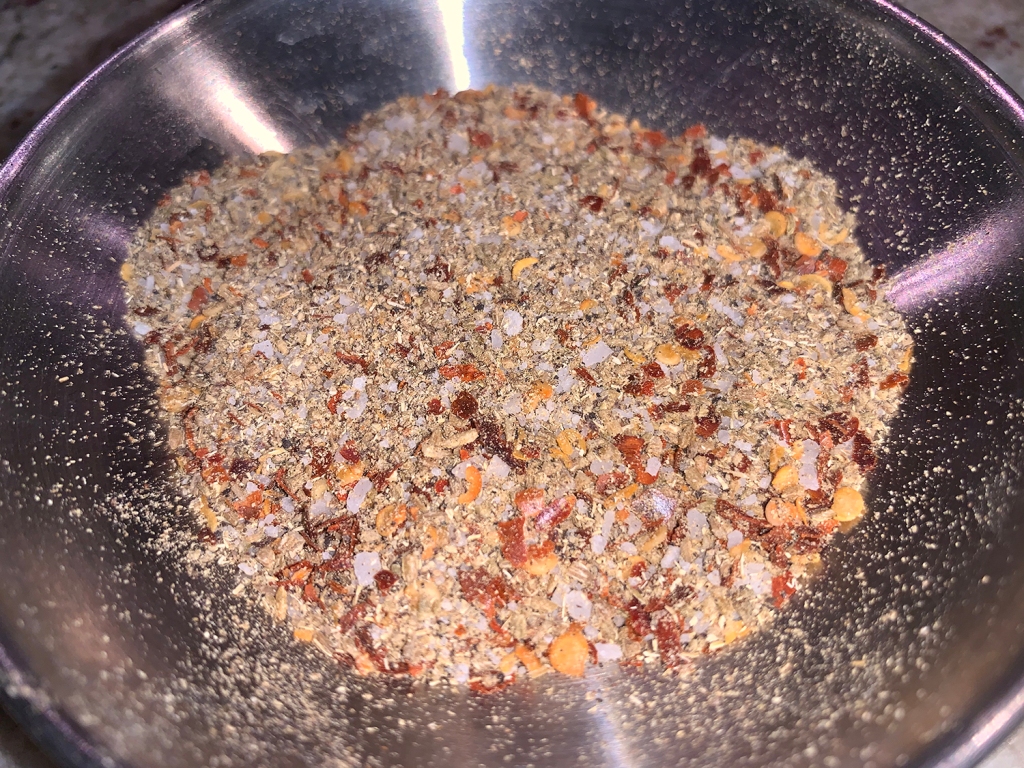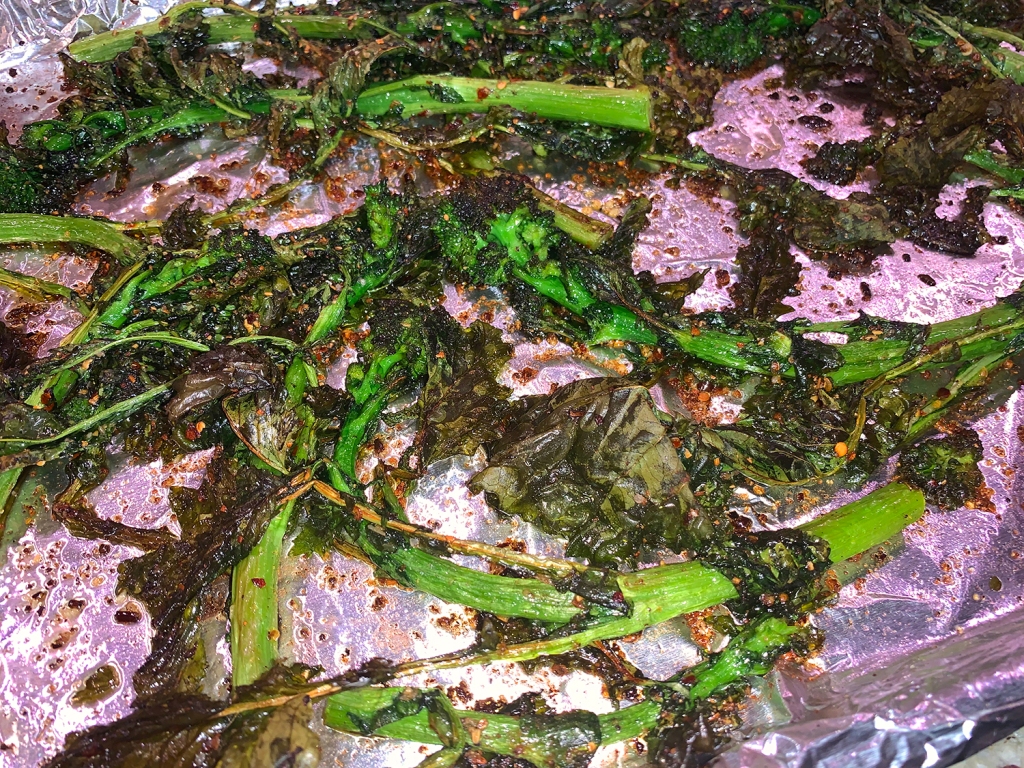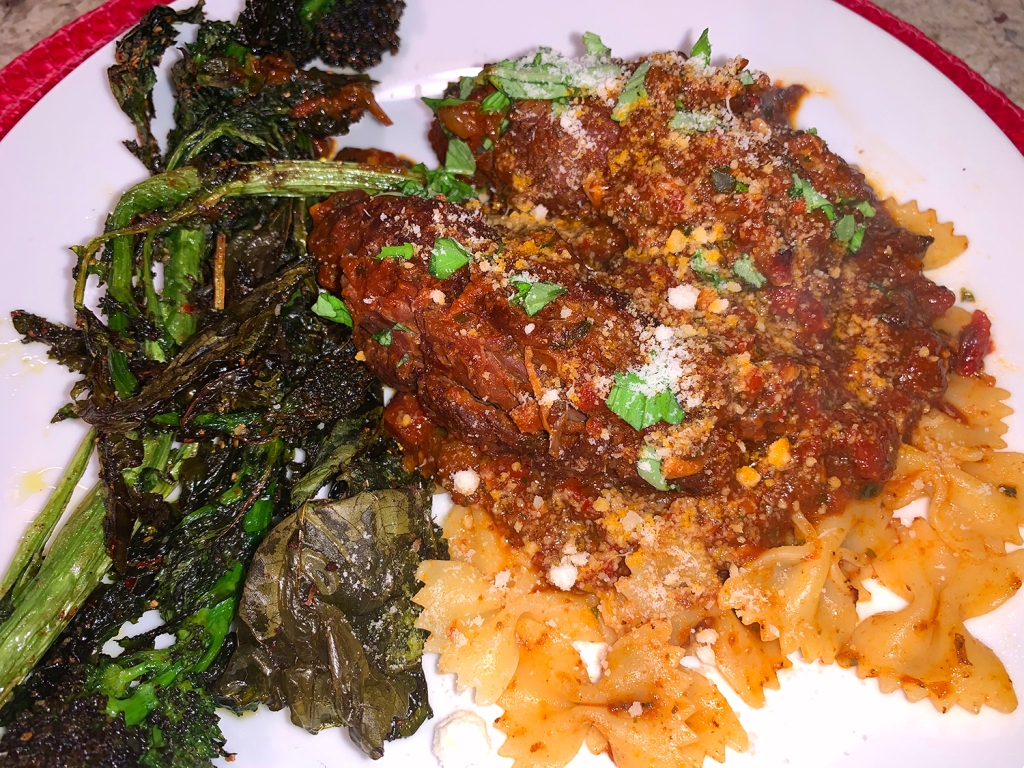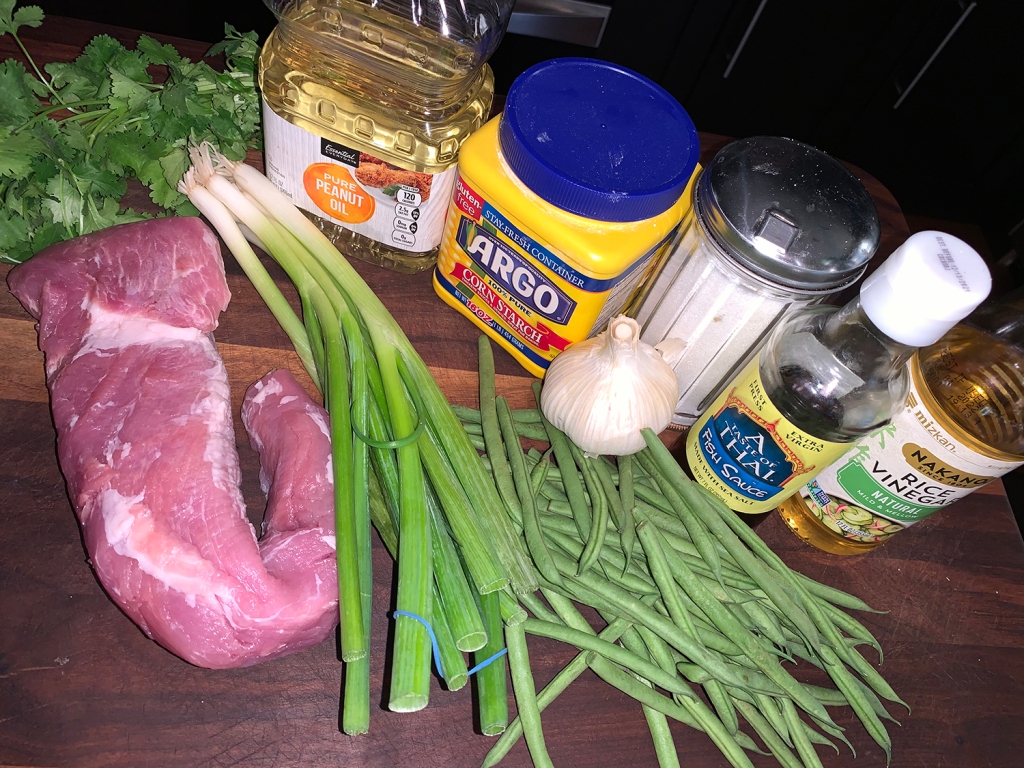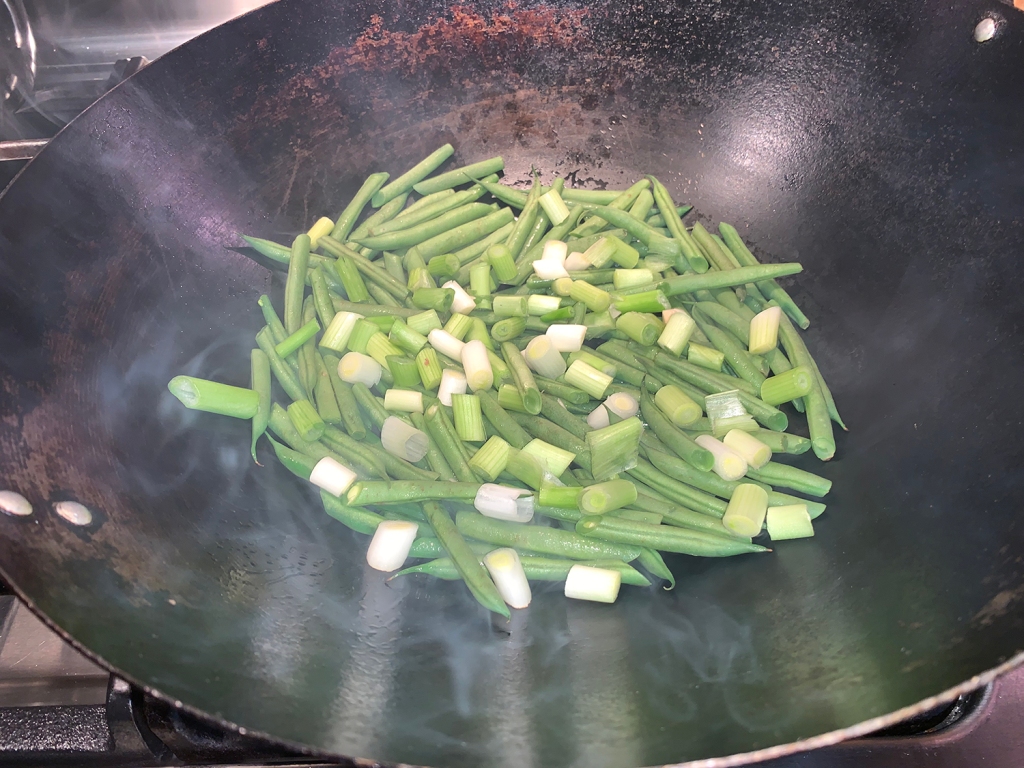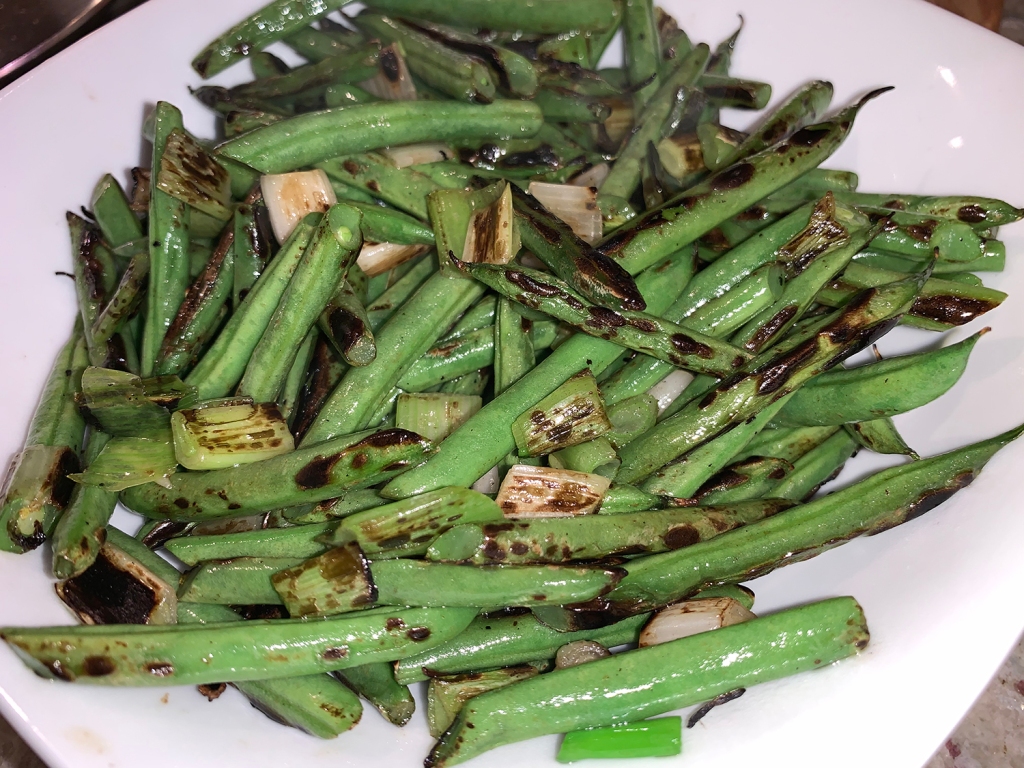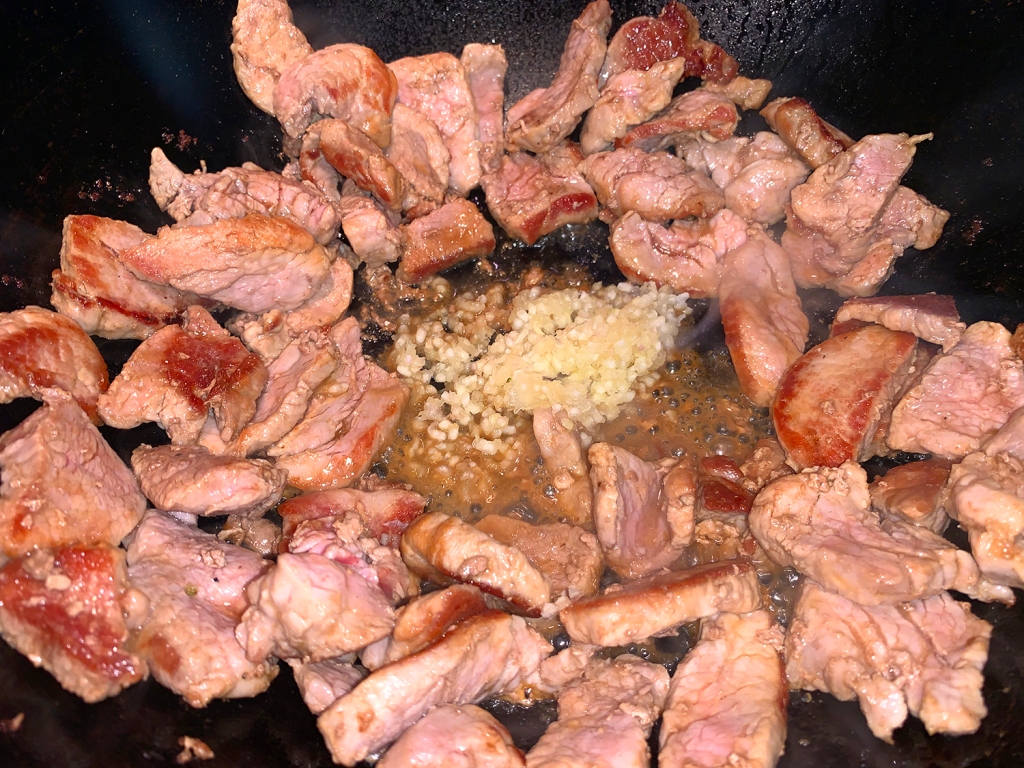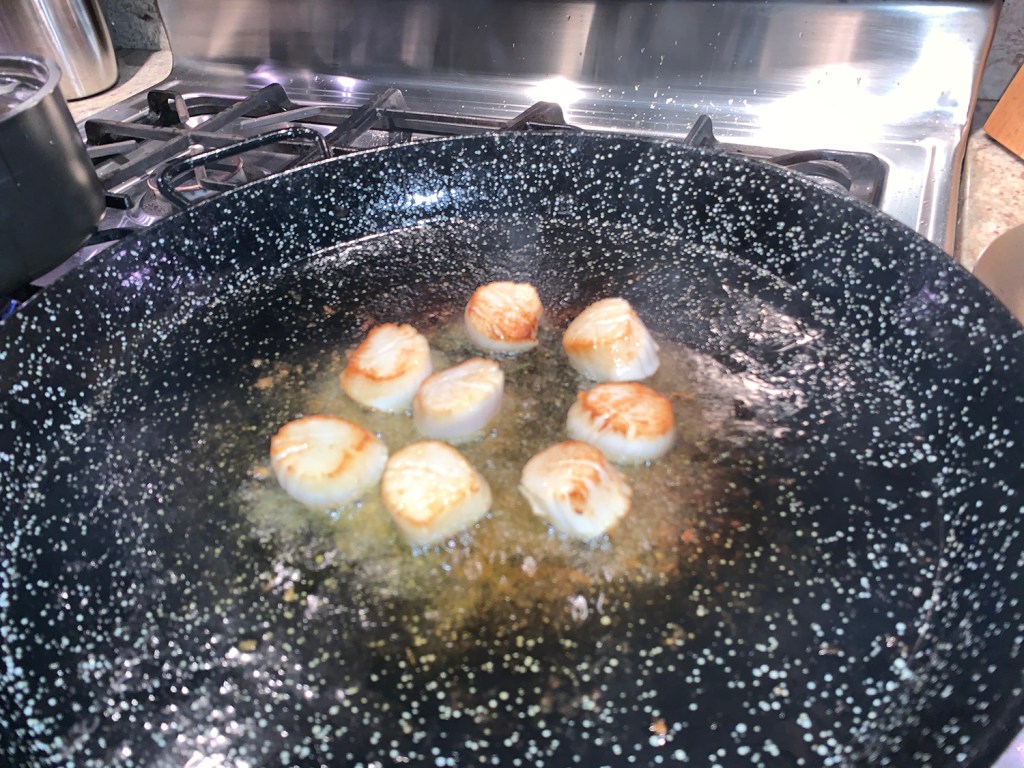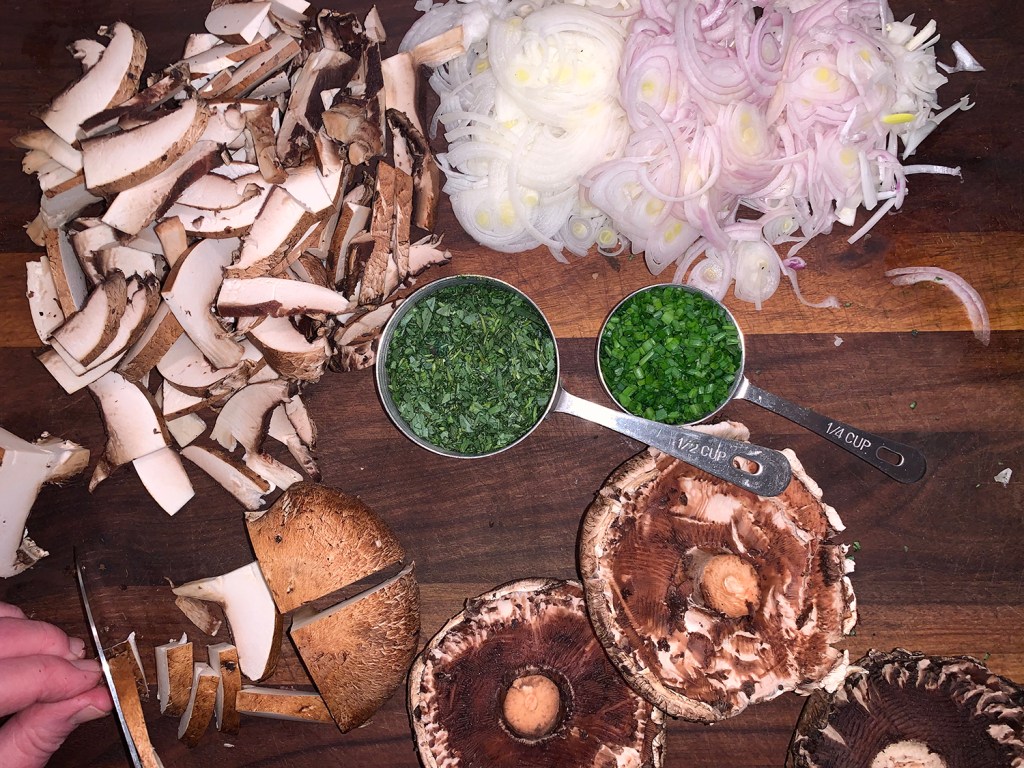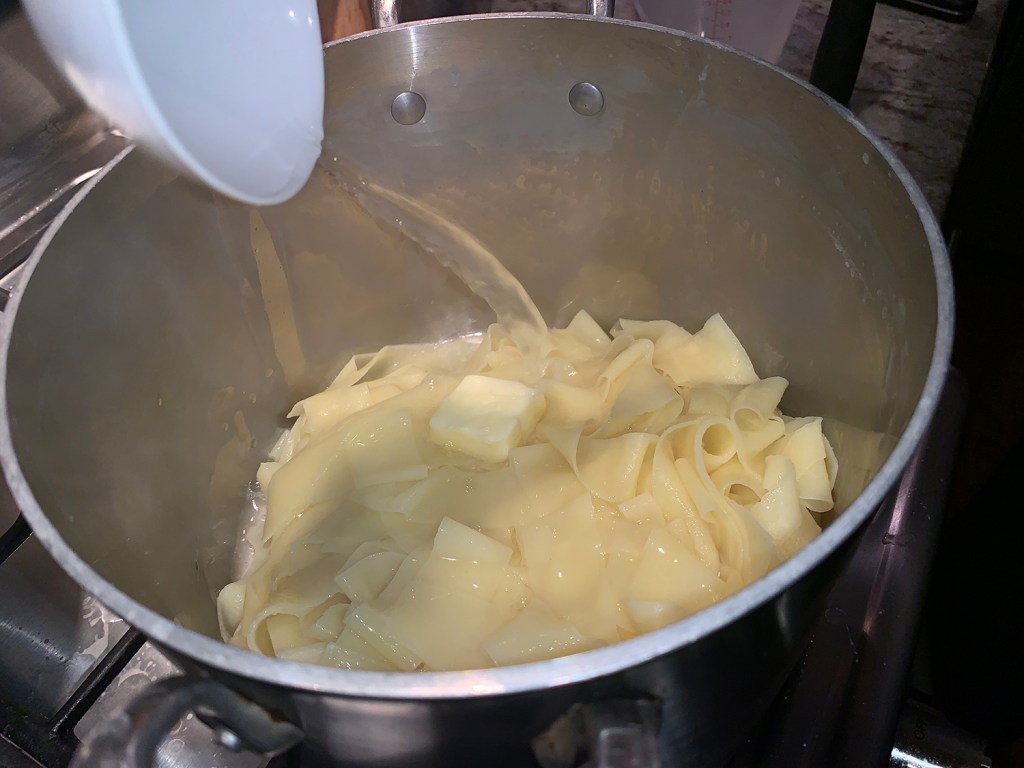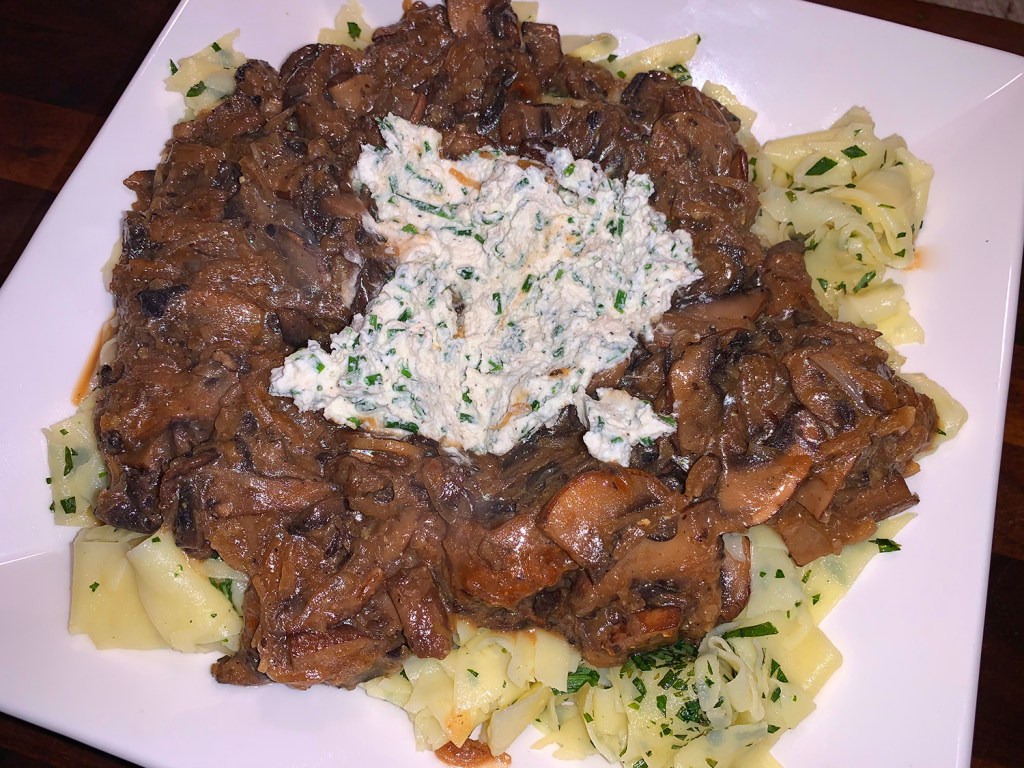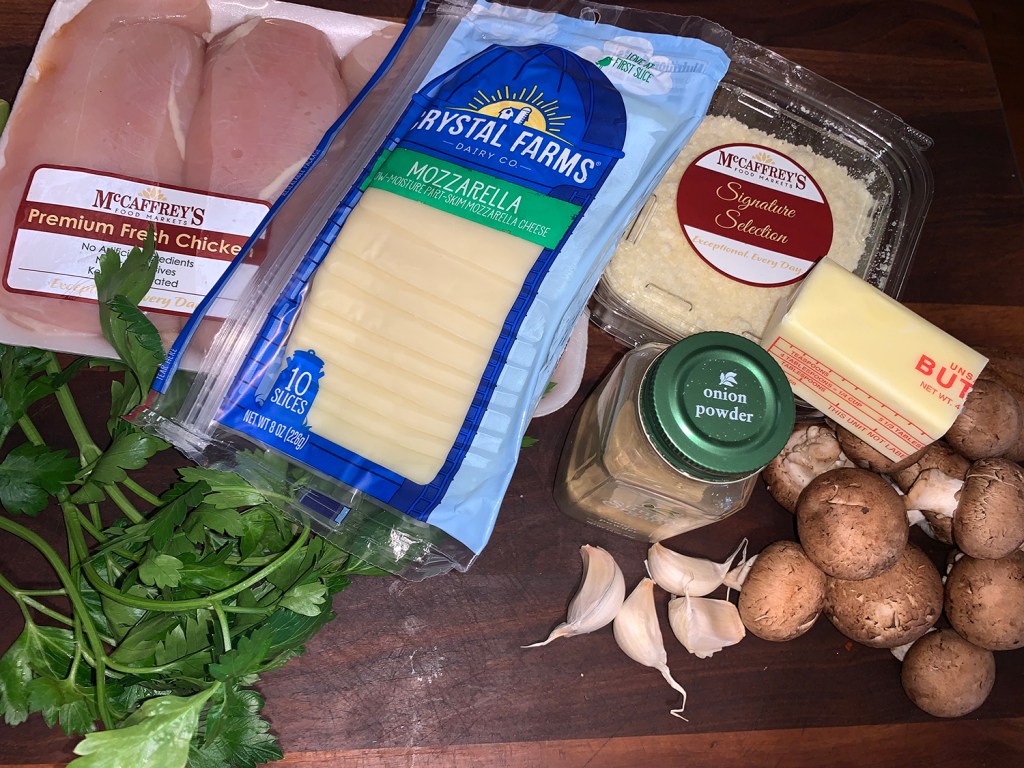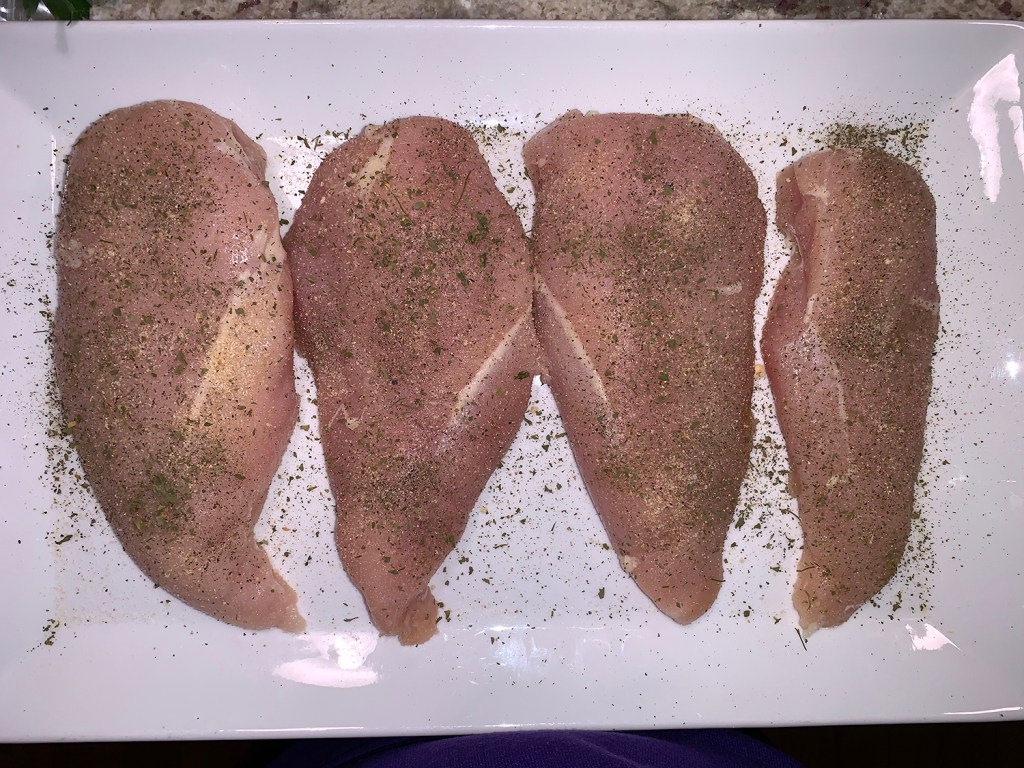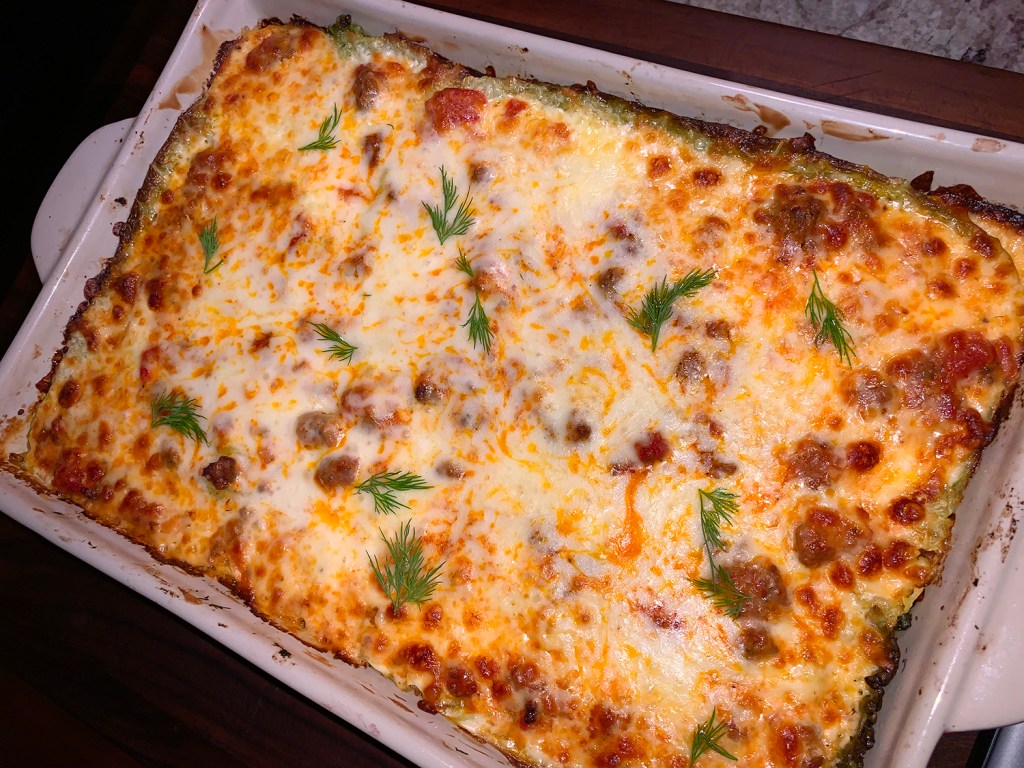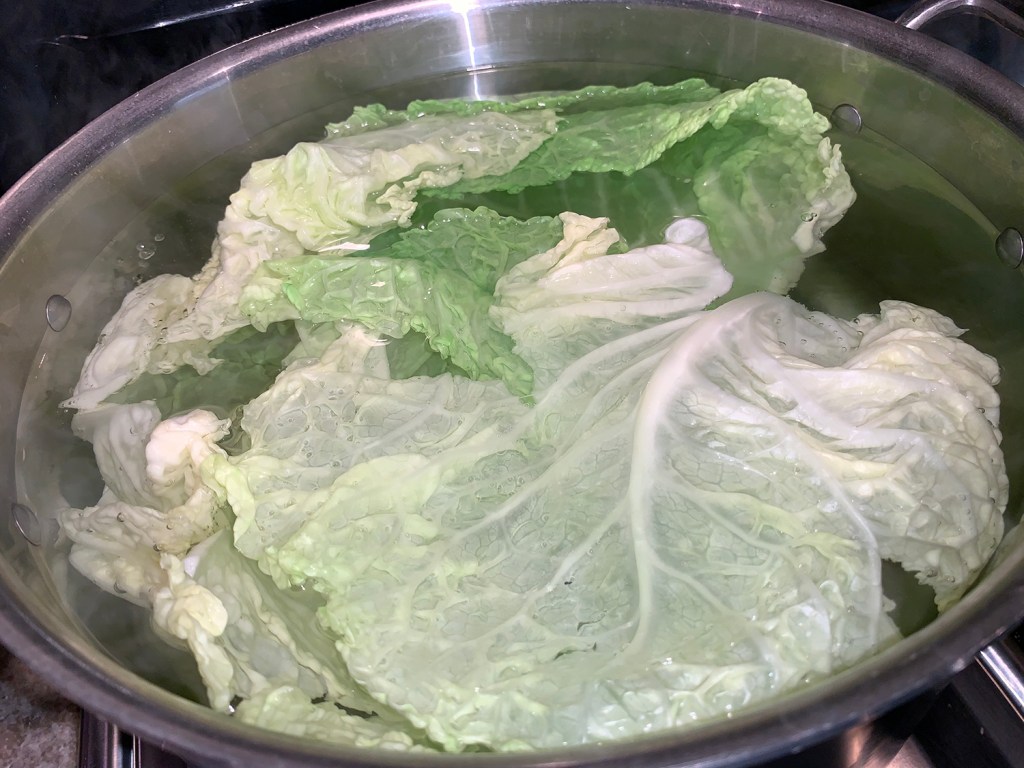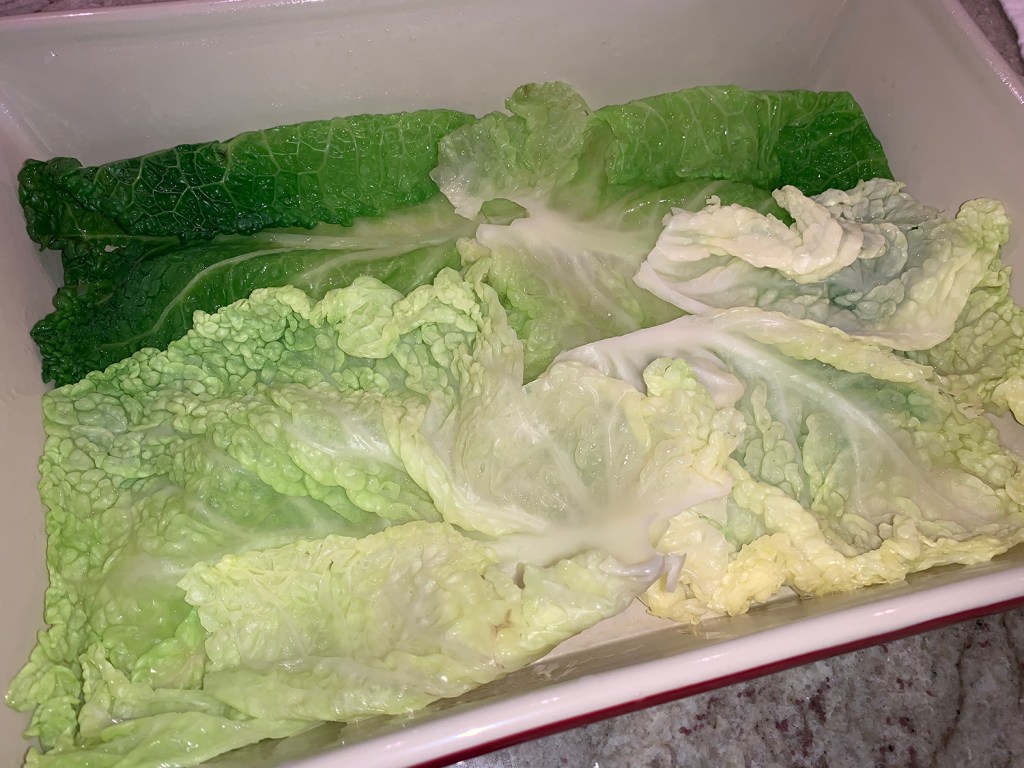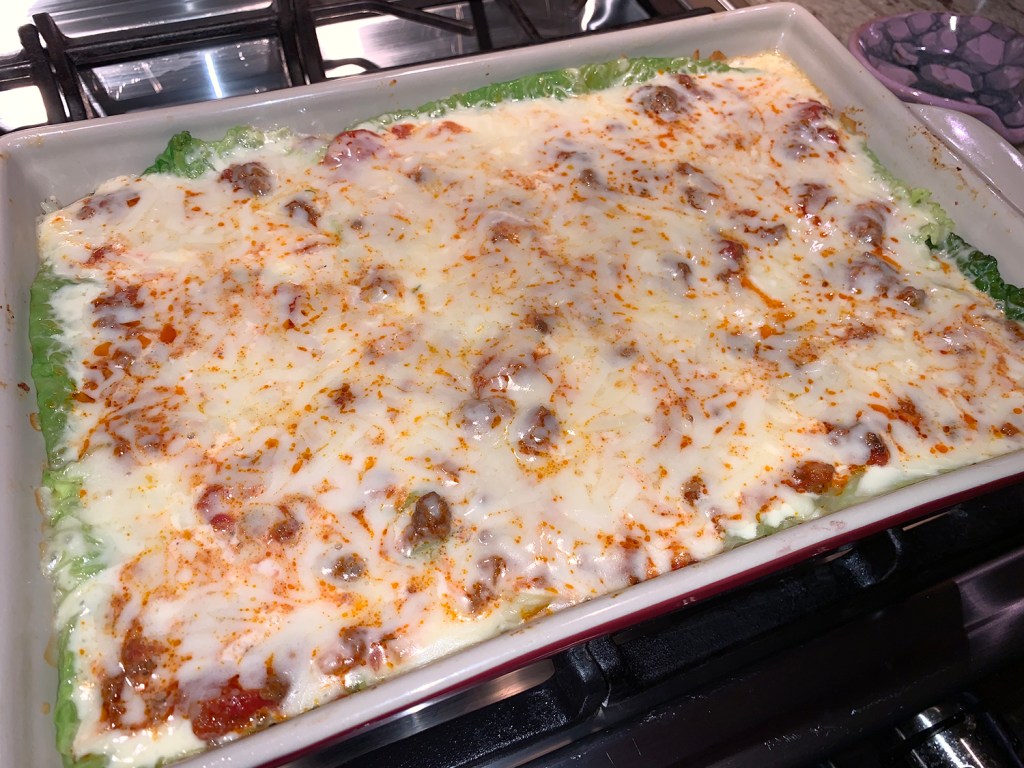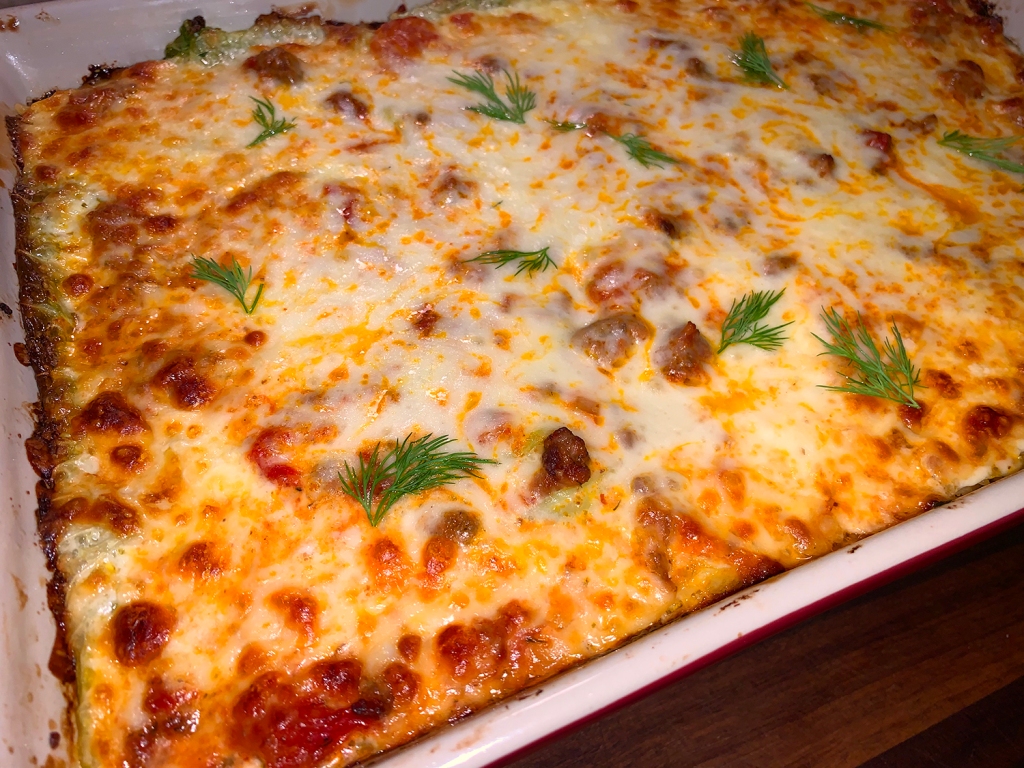Ginger-Cumin Beef Curry — Bhuna is a type of South Asian curry that’s especially intense and flavorful because the aromatics and a generous amount of spices are fried in oil and only a little liquid is added to simmer the meat. This version we found in a recent issue of Milk Street.

Over the course of cooking, the liquid is allowed to reduce, resulting in deep, bold, concentrated flavors and a thick, rich sauce. According to some sources, the term bhuna refers to the cooking technique employed to make the dish. The Instant Pot is well-suited to making bhuna-style beef curry: the pressure cooker function cooks the meat without any added liquid at all and the slow cooker function simmers it gently and steadily with only a small amount of added moisture.
If you prefer more vegetables, you could incorporate carrots and/or broccoli. We simply paired ours with a side salad. Serve the curry garnished with thinly sliced red onion and with basmati rice on the side.
Don’t forget to add ⅓ cup water if slow-cooking. The liquid, added just before the pot is sealed, helps the beef mixture come to temperature more quickly, for a slightly shorter overall cooking time. The water is not needed if using the pressure-cooker function.

Ginger-Cumin Beef Curry
Ingredients
- 3 Tbsp. ghee or neutral oil
- 2 medium yellow onions, finely chopped
- 2 Tbsp. finely grated fresh ginger
- 4 medium garlic cloves, finely grated
- 1 tsp. ground cardamom
- 1 tsp. cumin seeds
- 1 tsp. coriander seeds
- ½ tsp. ground cloves
- ½ tsp. whole black peppercorns
- 2 bay leaves
- 2 medium ripe tomatoes, cored and chopped
- 2 serrano chilies, stemmed and sliced into thin rings
- Kosher salt and ground black pepper
- 2½-3 lbs. boneless beef chuck roast, trimmed of fat and cut into 1½- to 2-inch chunks
- 1/3 cup water (unless using a stove-top pressure cooker)
- 2 Tbsp. lime juice
- ½ cup lightly packed fresh cilantro, chopped
Directions
- On a 6-quart Instant Pot, select More/High Sauté. Heat the ghee until shimmering, then add the onions. Cook, stirring occasionally, until softened and browned, 10 to 12 minutes.
- Add the ginger, garlic, cardamon, cumin, coriander, cloves, peppercorns and bay, then cook, stirring, until fragrant, 1 to 2 minutes.
- Add the tomatoes, chilies and ½ teaspoon each salt and pepper. Cook, scraping up any browned bits, until the tomatoes begin to release their liquid, 2 to 3 minutes. Add the beef and distribute in an even layer.
- Press Cancel, lock the lid in place and move the pressure valve to Sealing. Select Pressure Cook or Manual; make sure the pressure level is set to High. Set the cooking time for 40 minutes. When pressure cooking is complete, let the pressure reduce naturally for 15 minutes, then release any remaining steam by moving the pressure valve to Venting. Press Cancel, then carefully open the pot.
- Using a slotted spoon, transfer the solids to a medium bowl. Remove and discard the bay. Using a large spoon, skim off and discard the fat from the surface of the cooking liquid (or use a fat separator).
- Select More/High Sauté, bring the liquid to a simmer and cook, stirring occasionally, until thickened and reduced to about 1 cup, 15 to 20 minutes. Return the meat to the pot and cook, stirring occasionally, until heated through, 2 to 3 minutes. Press Cancel.
- Stir in the lime juice, then taste and season with salt and pepper. Serve sprinkled with cilantro.
Recipe from Milk Street




